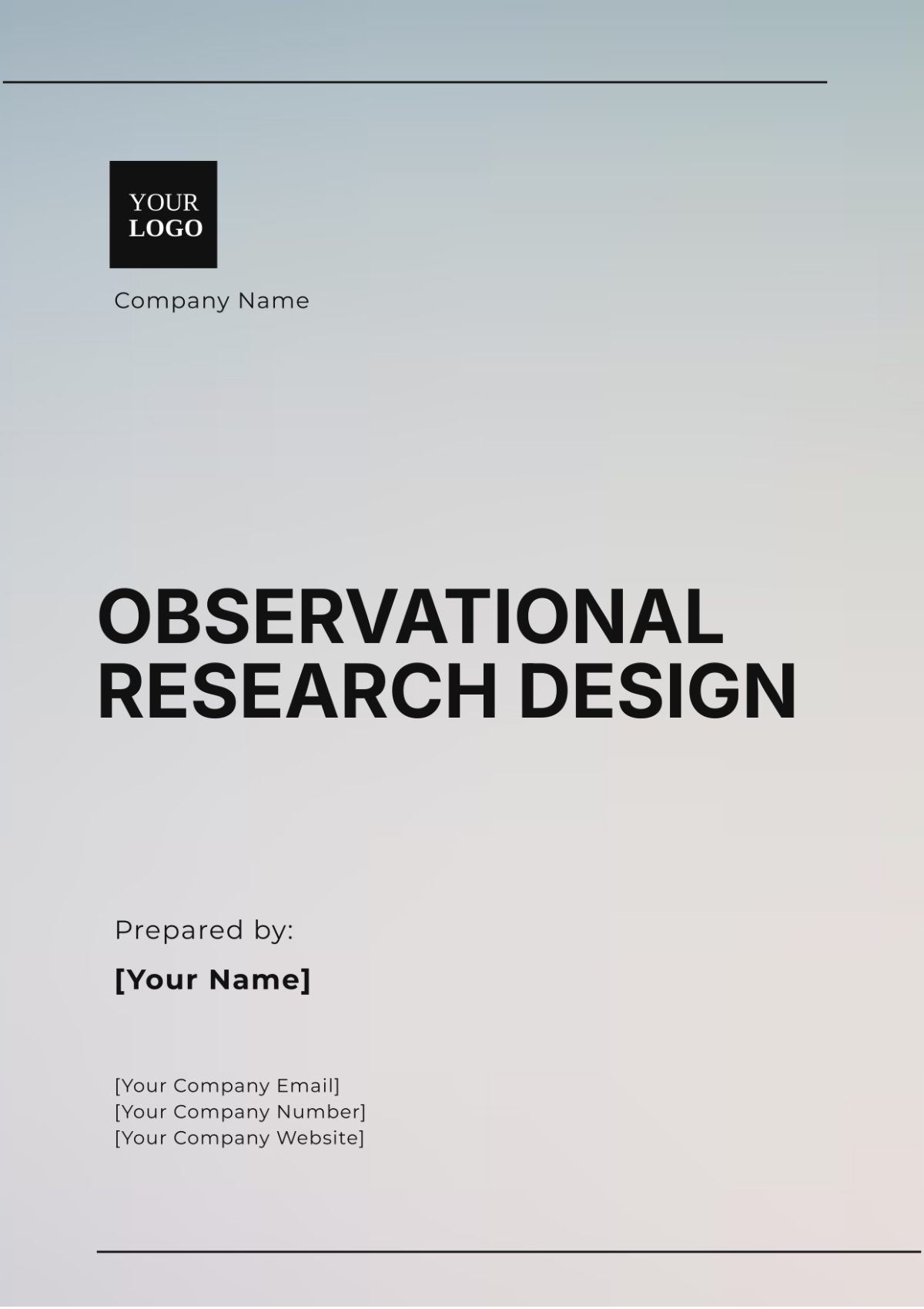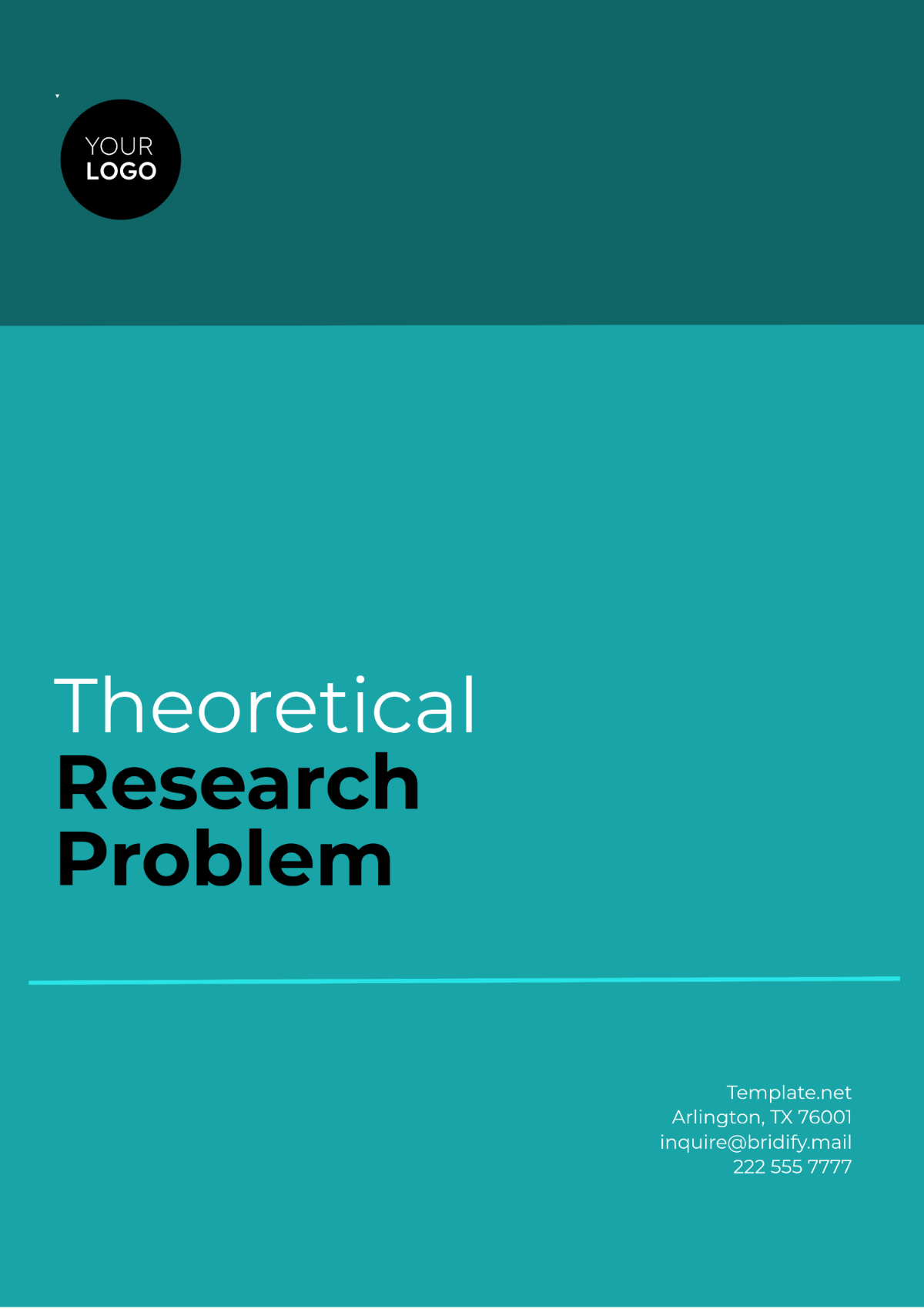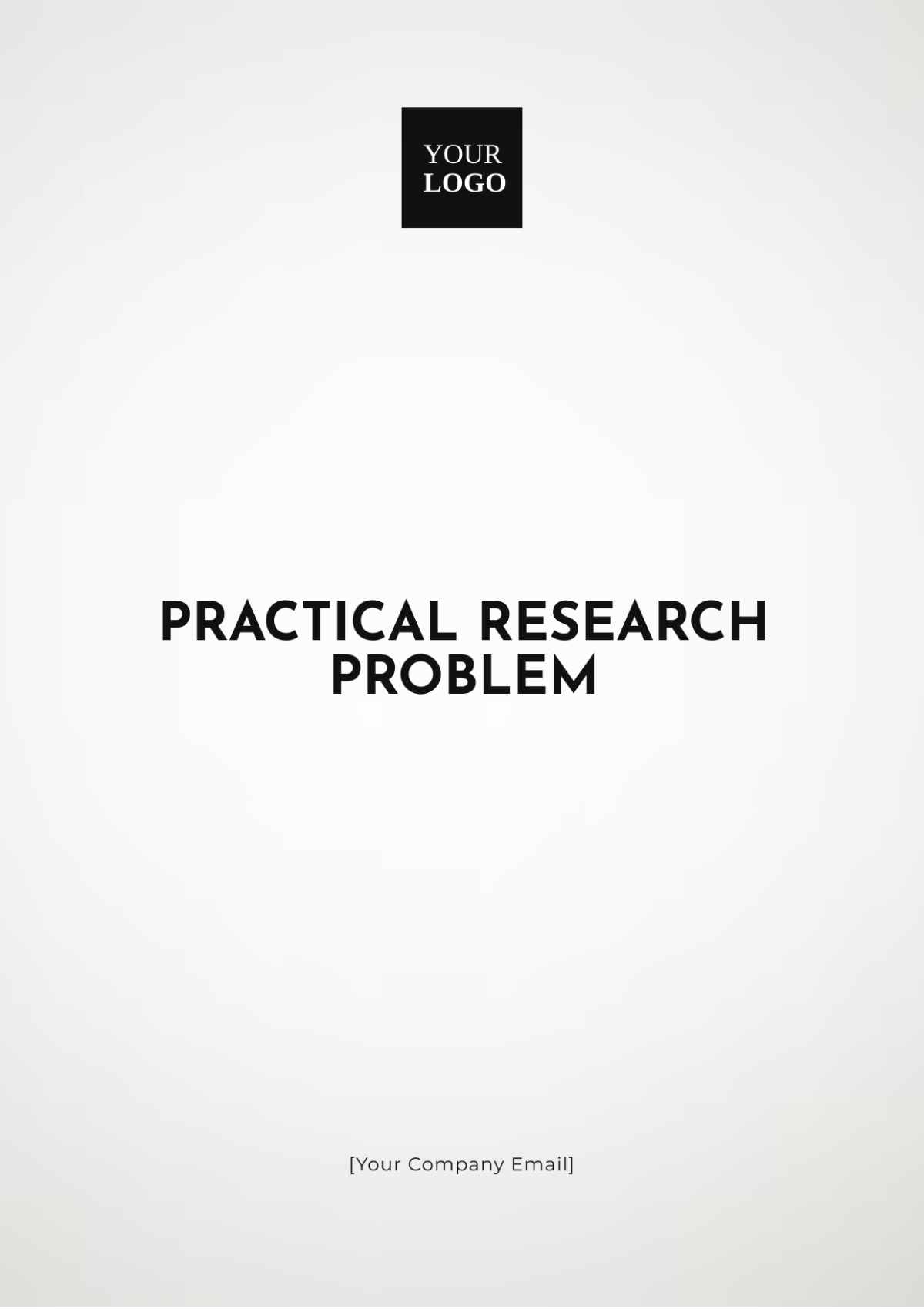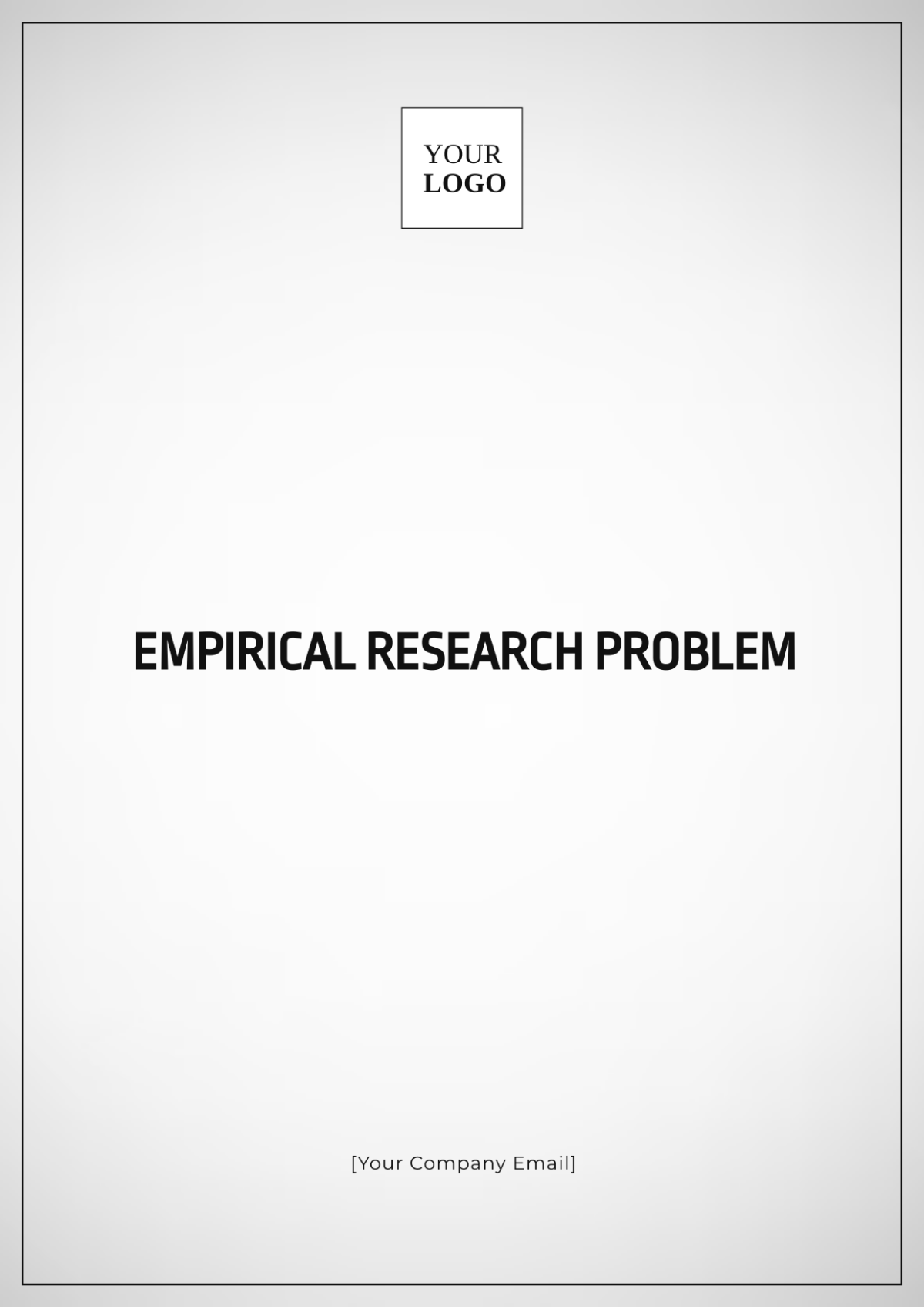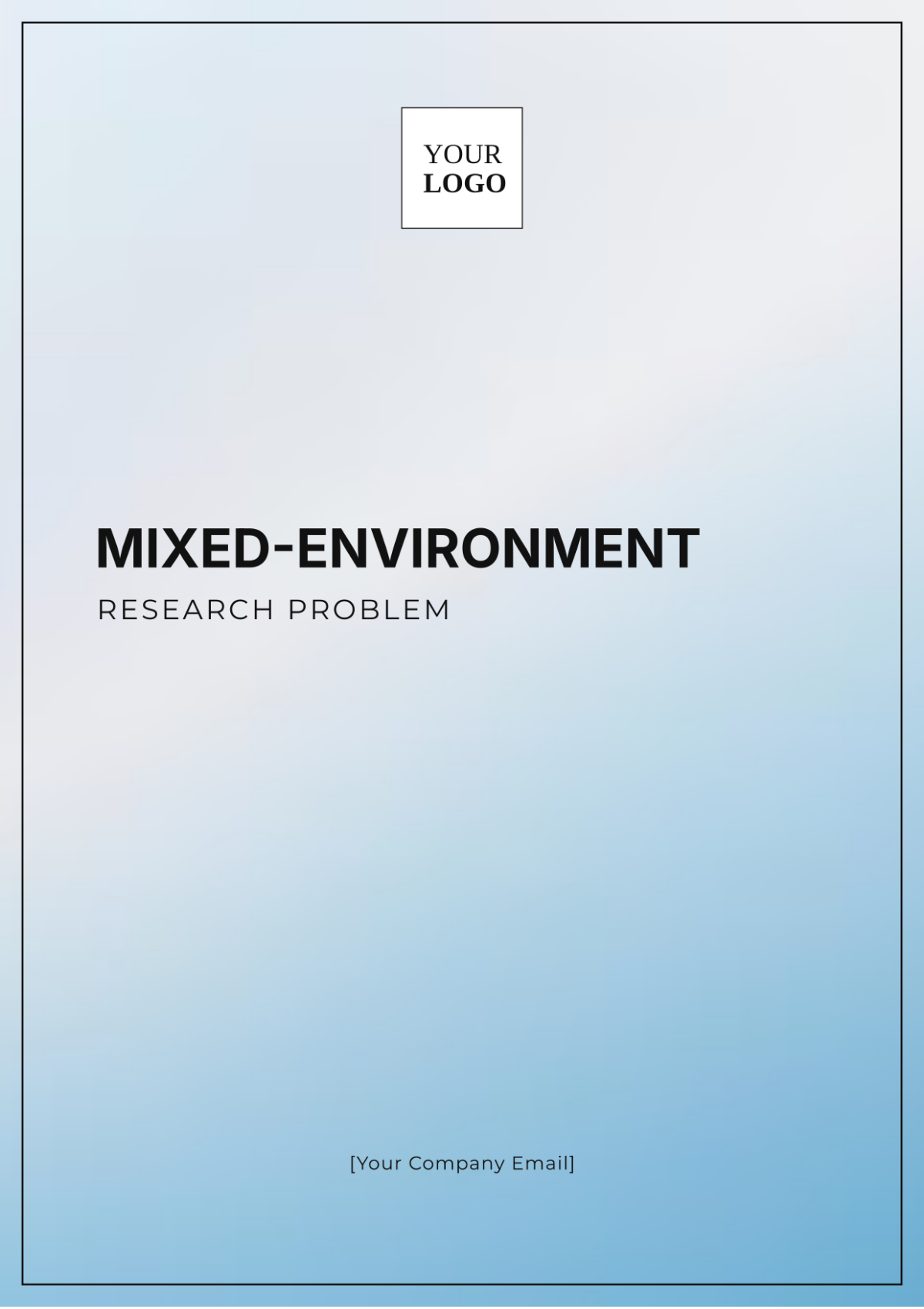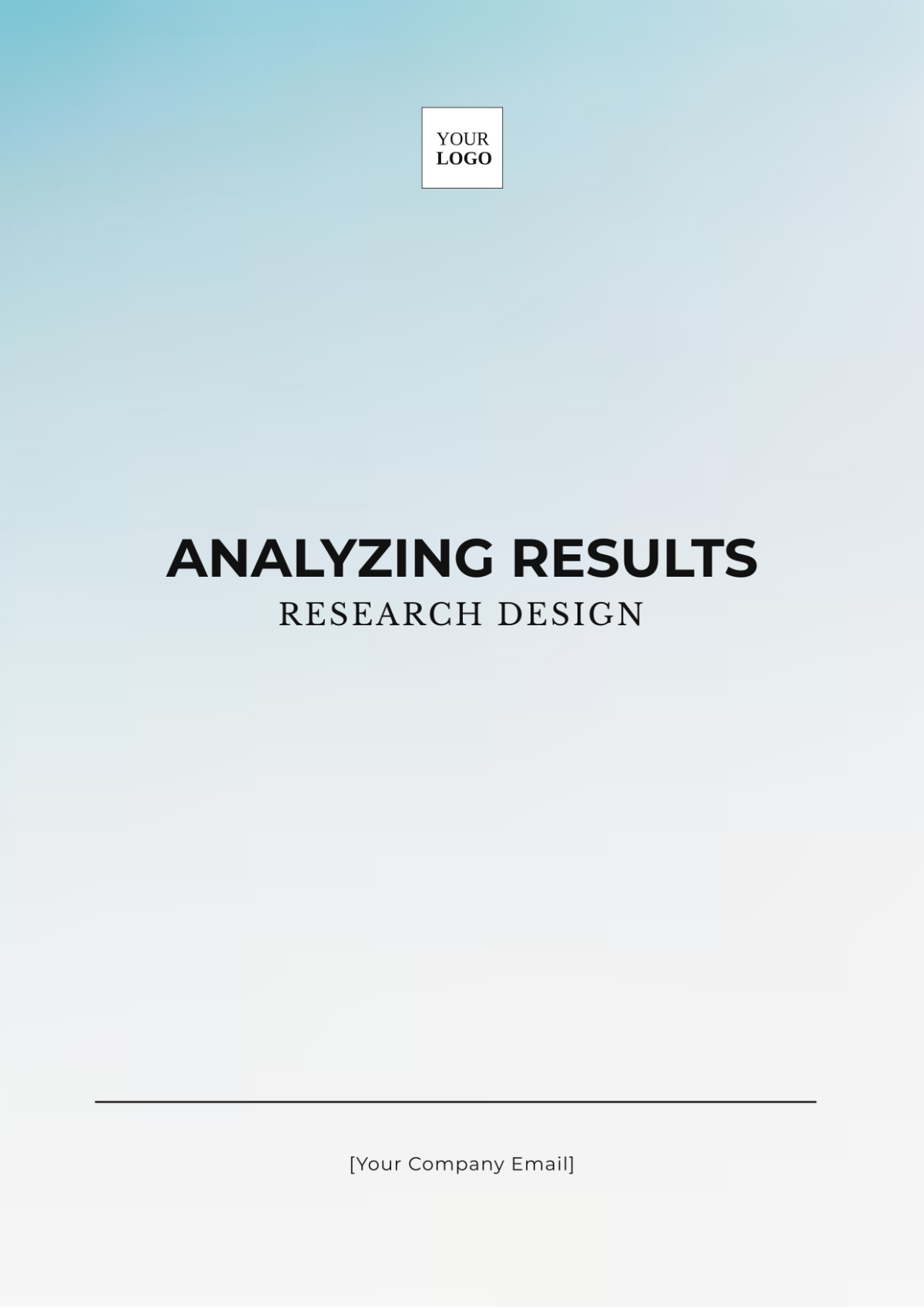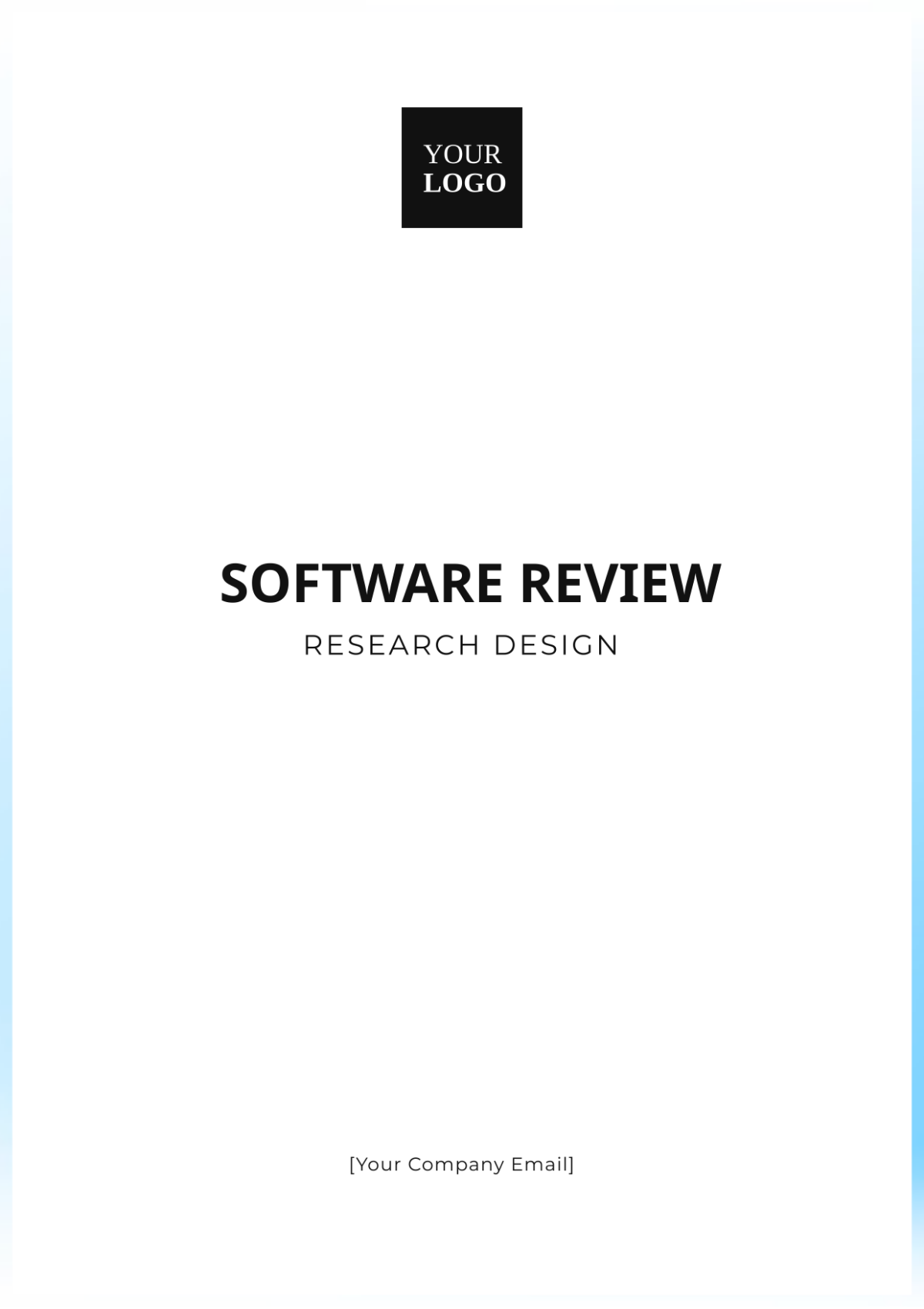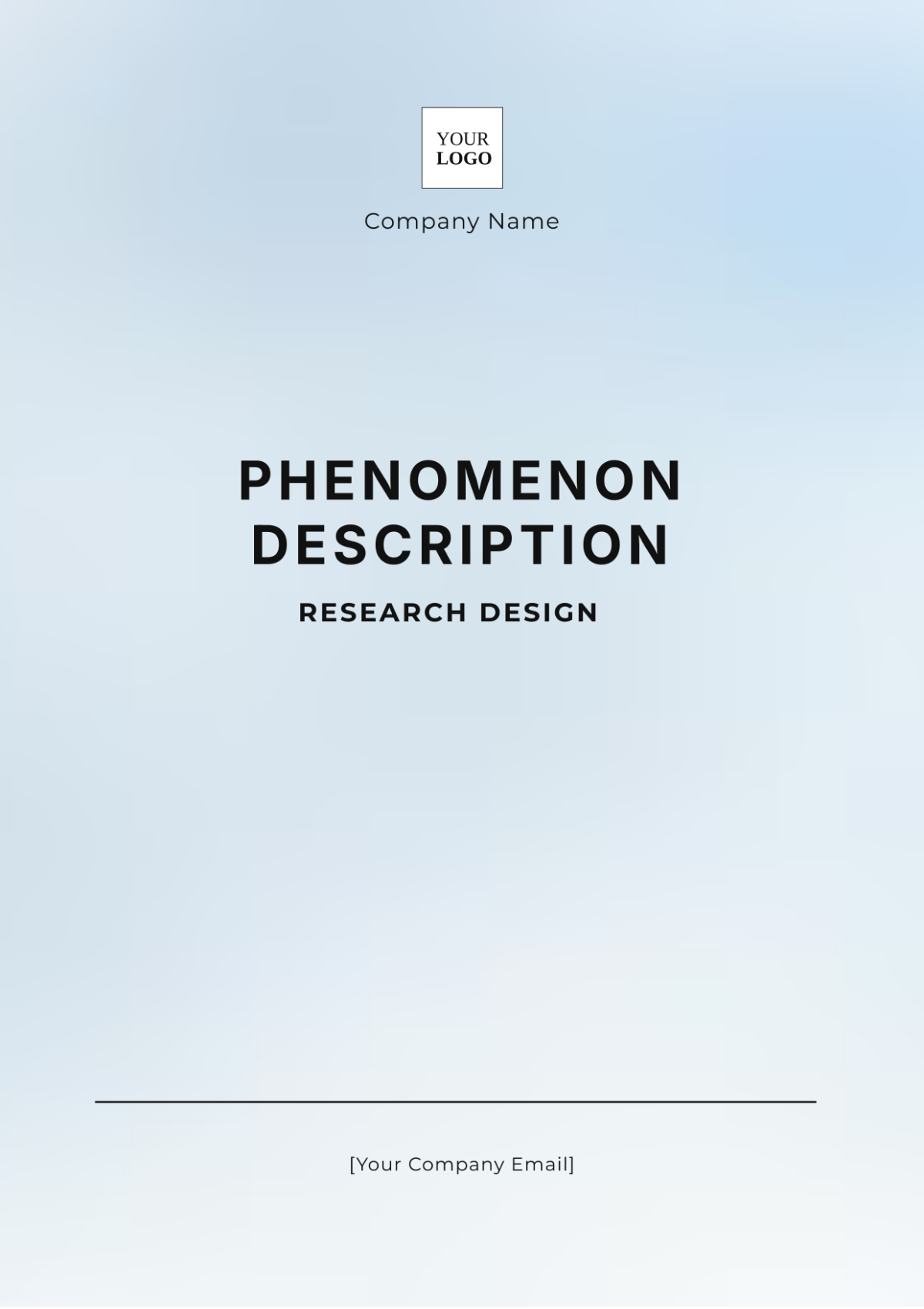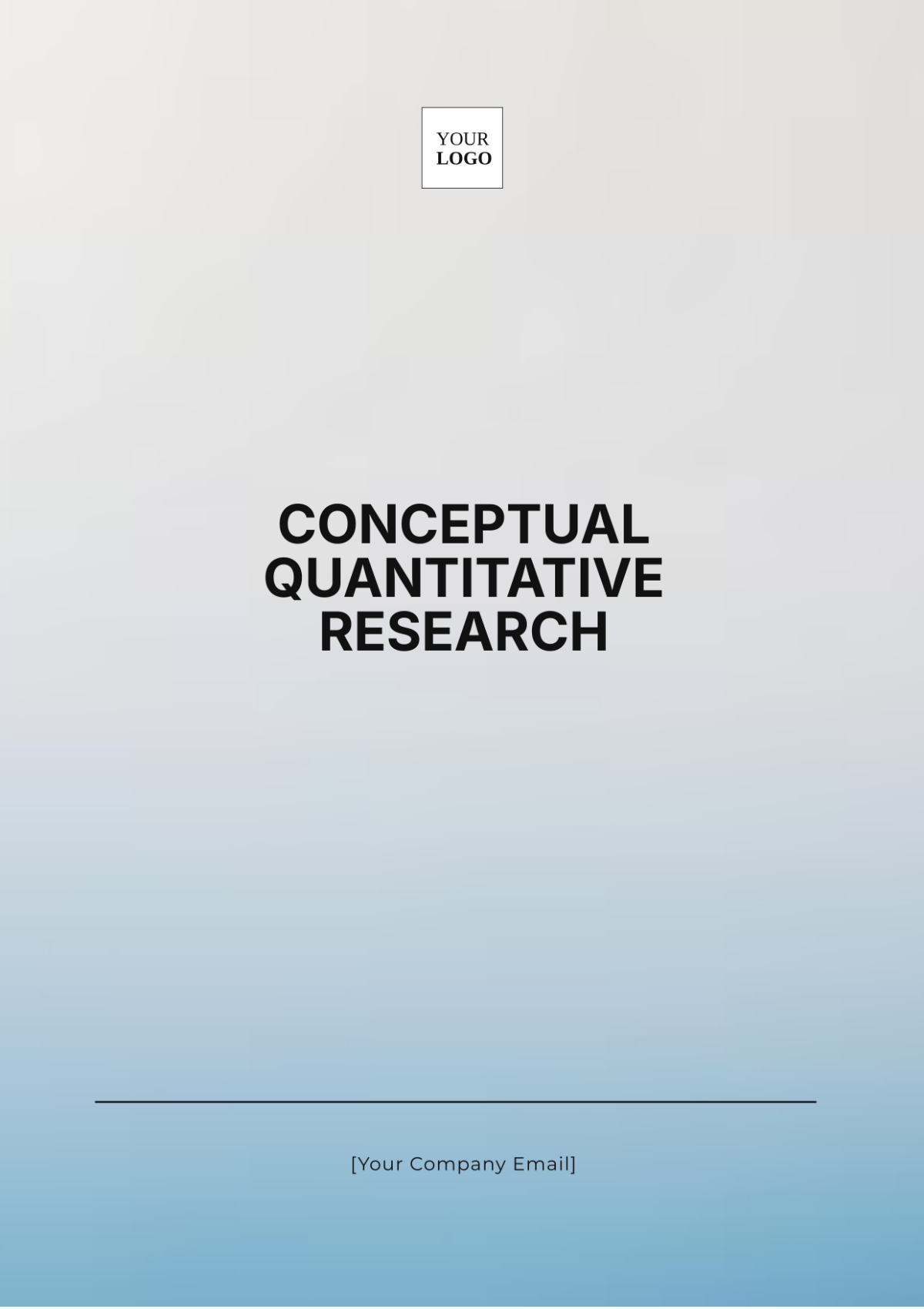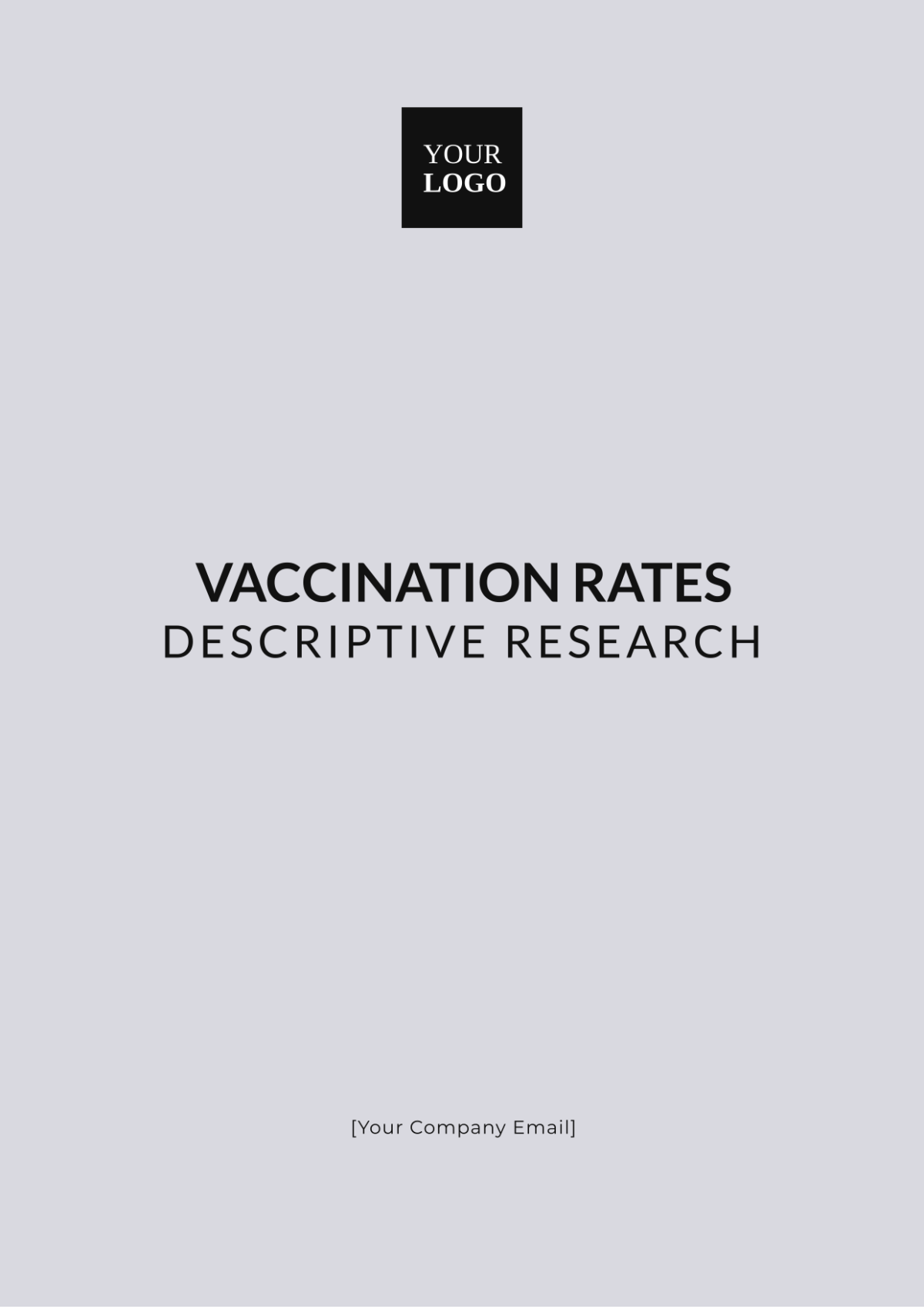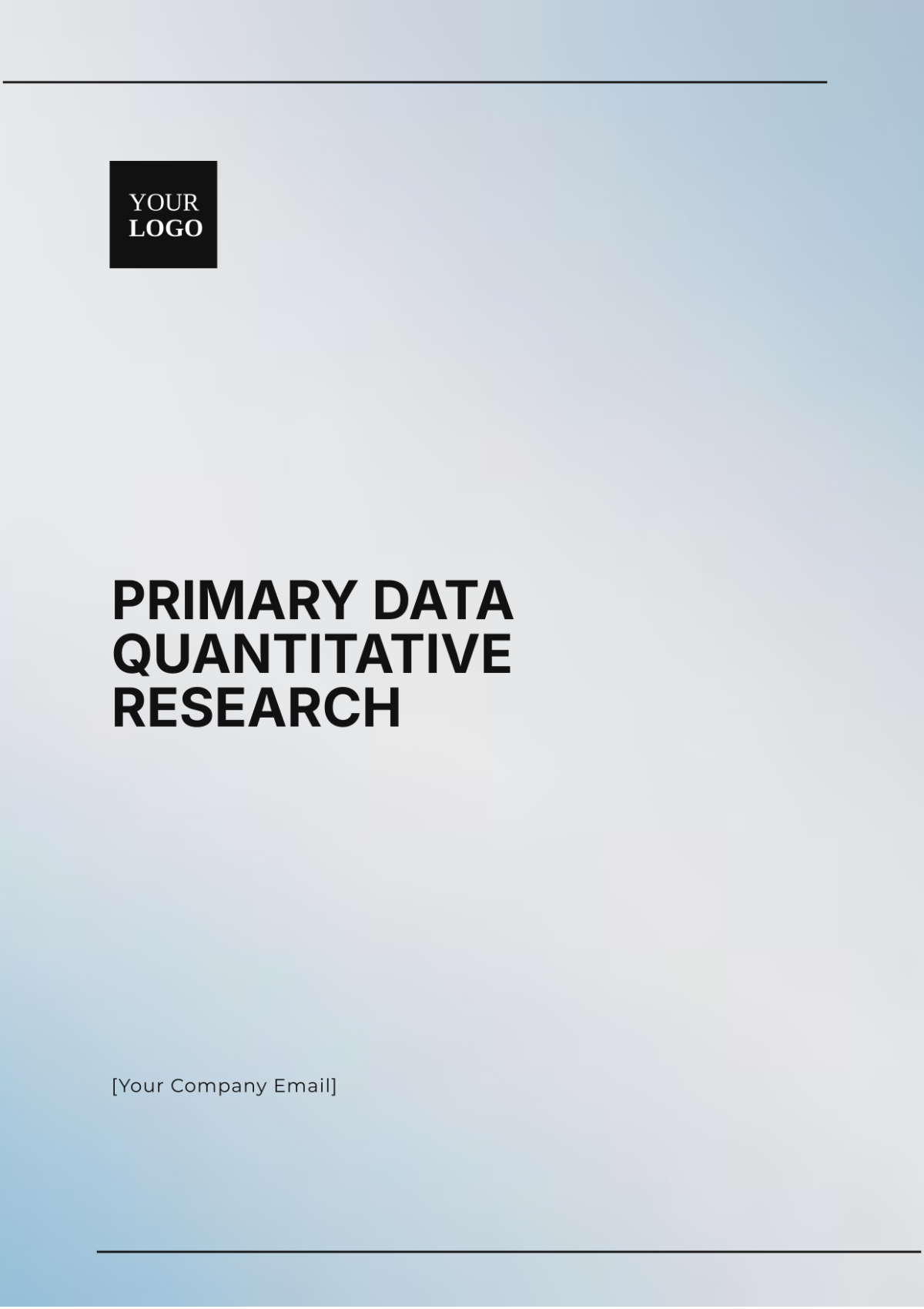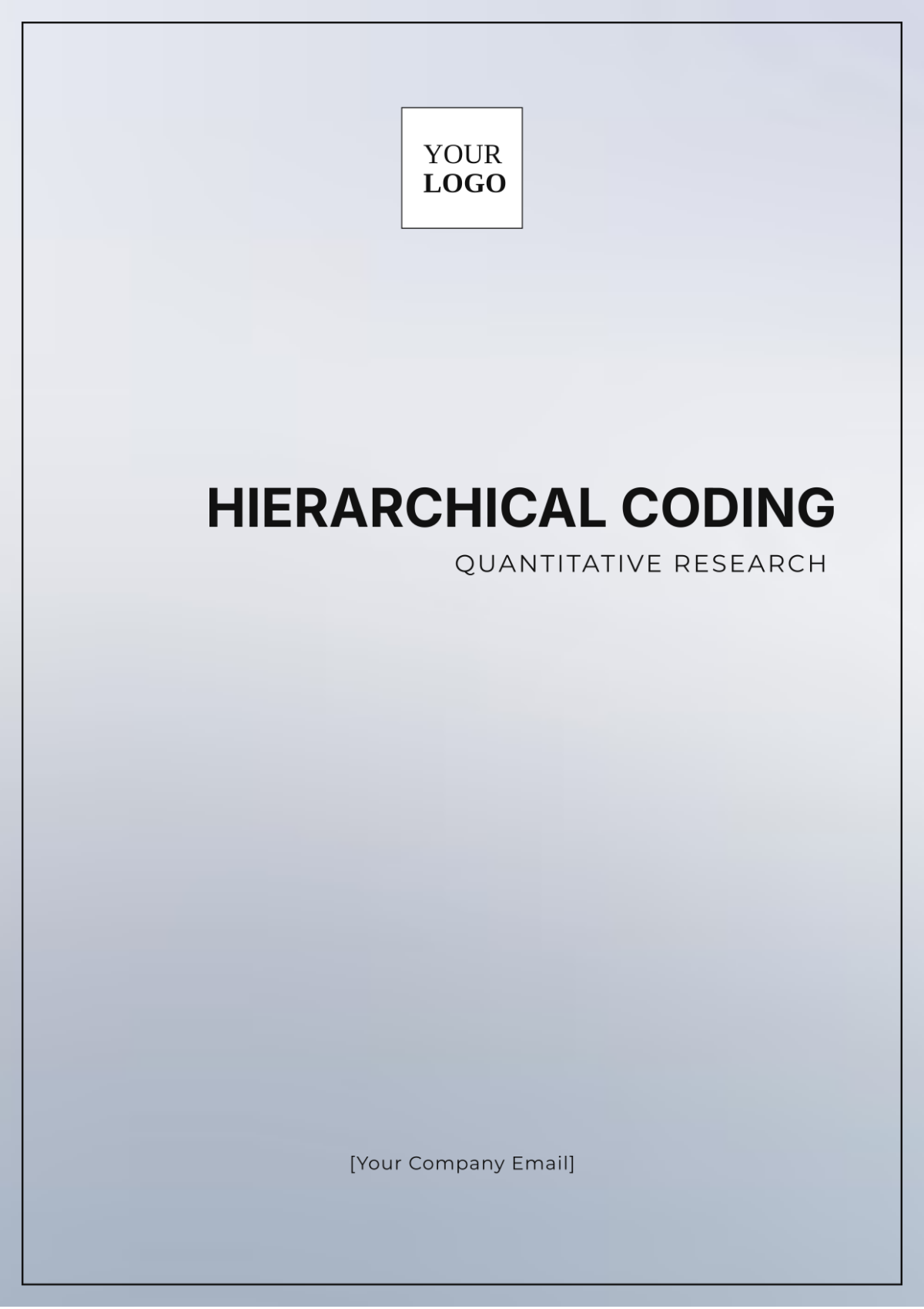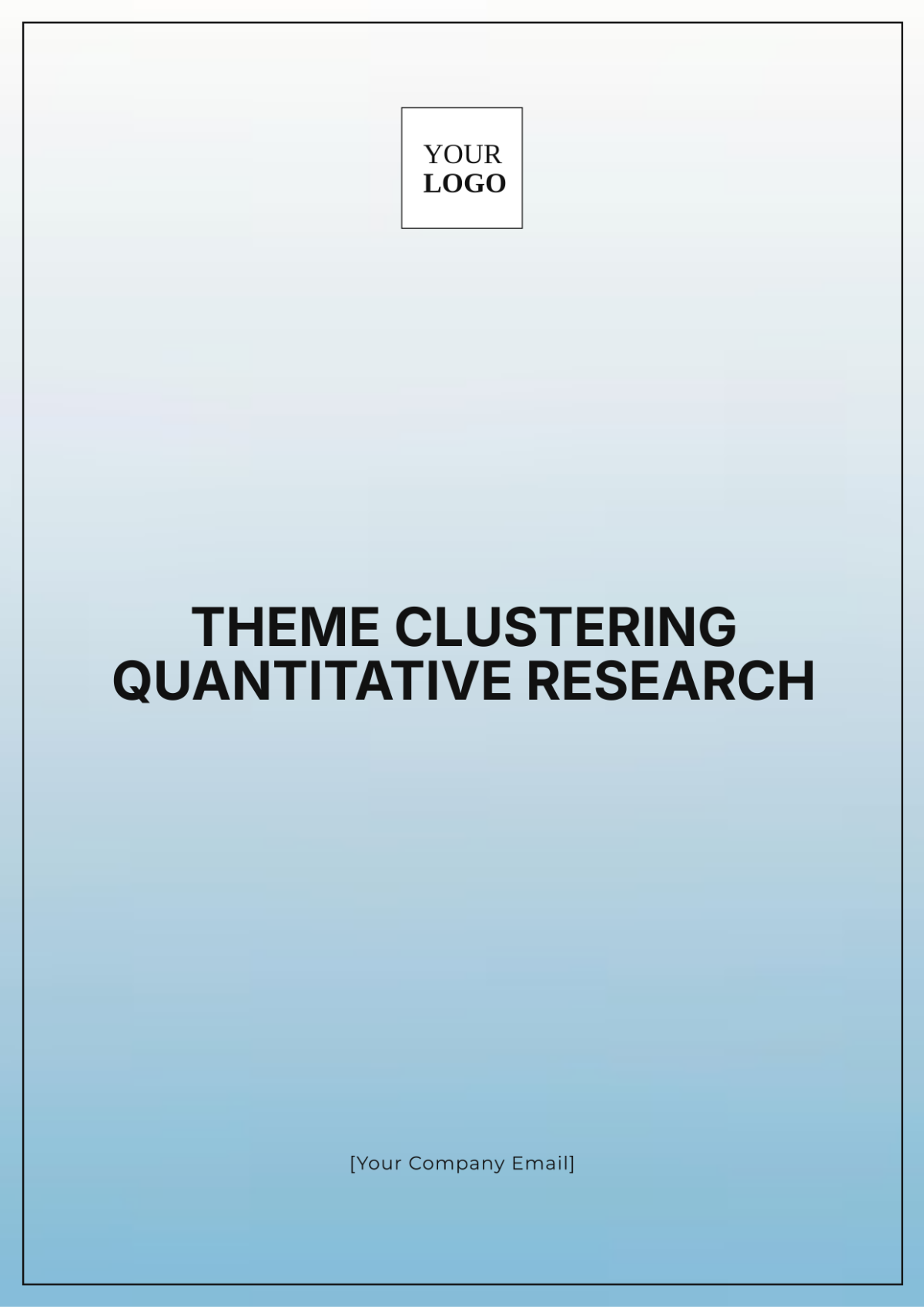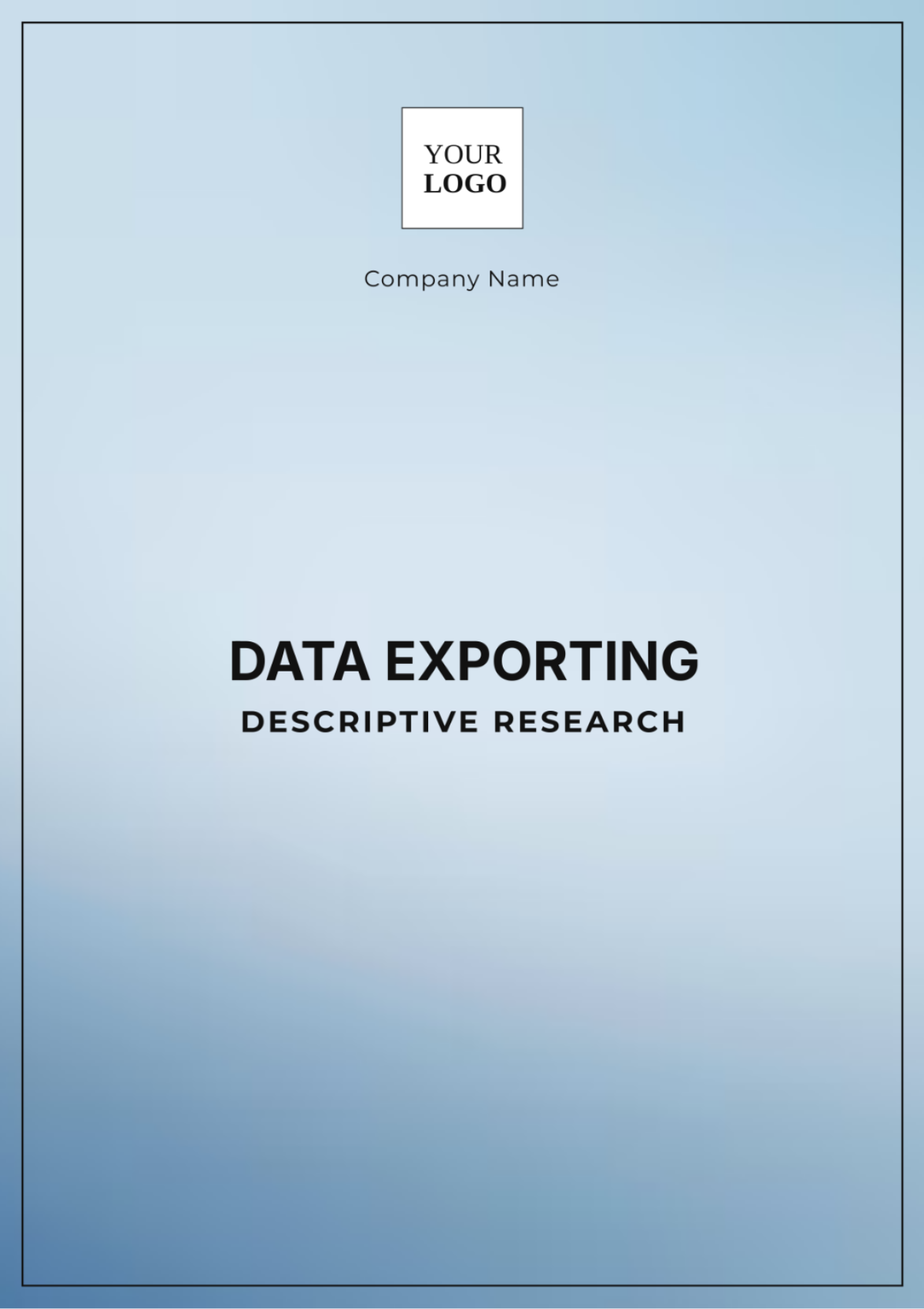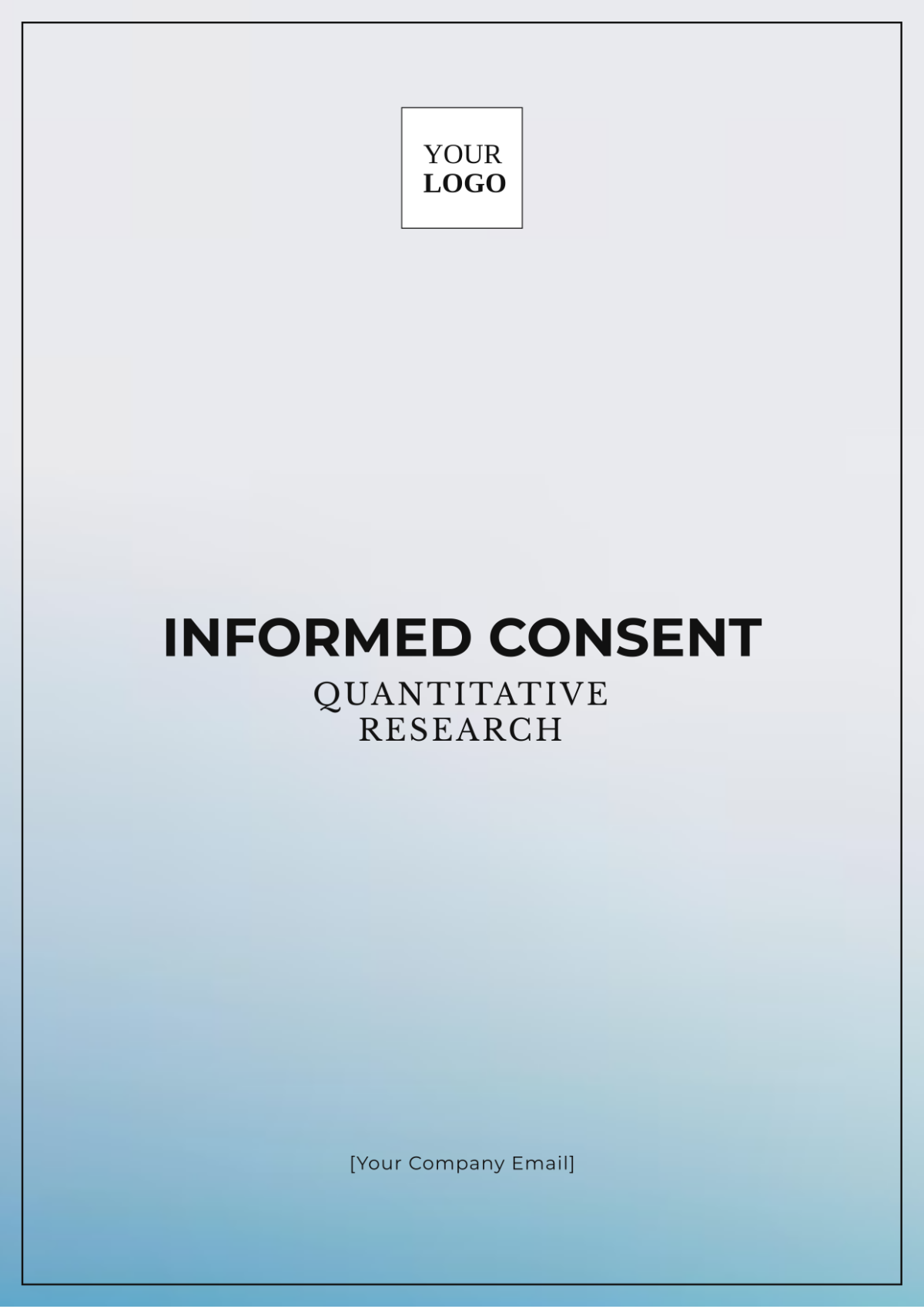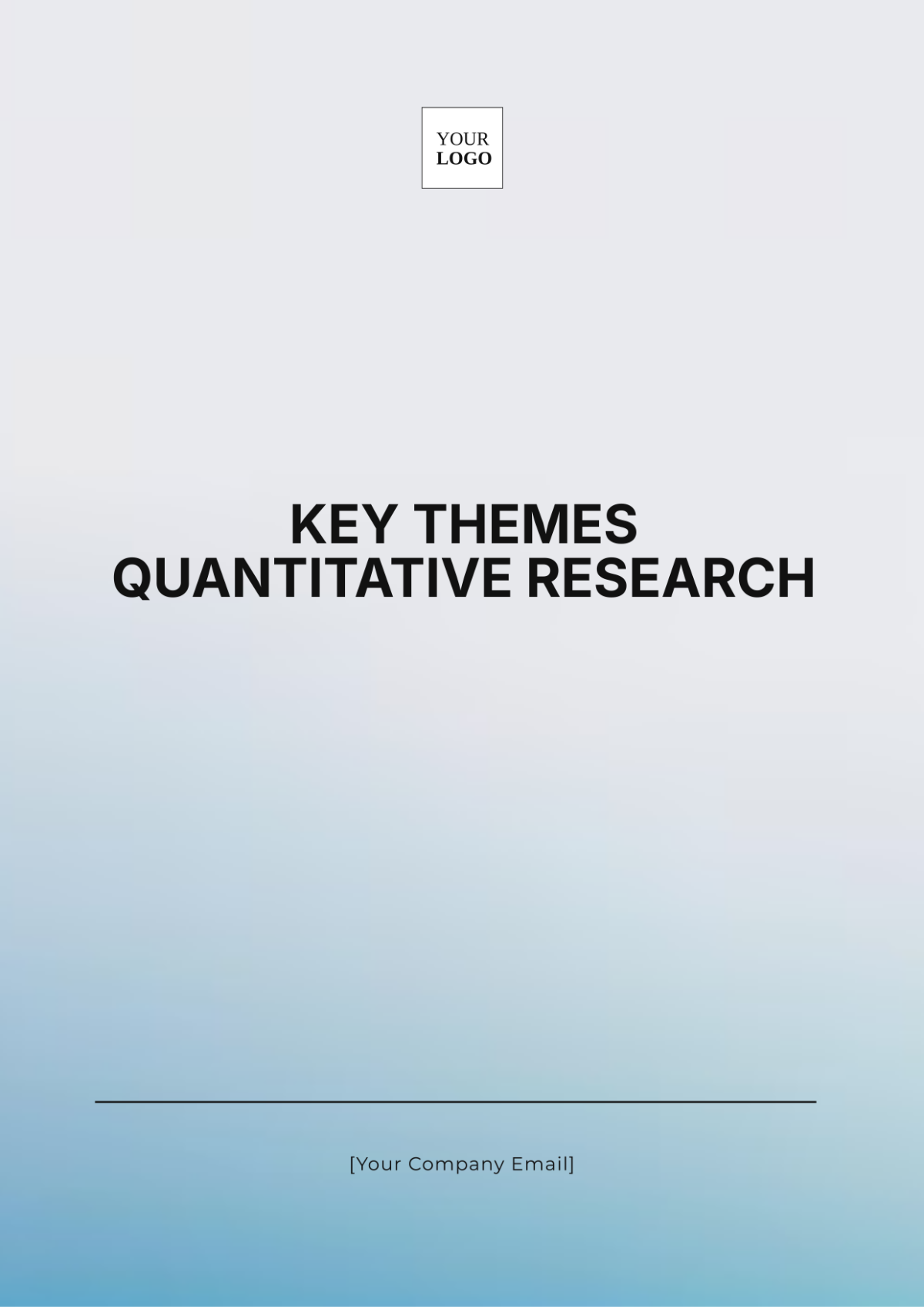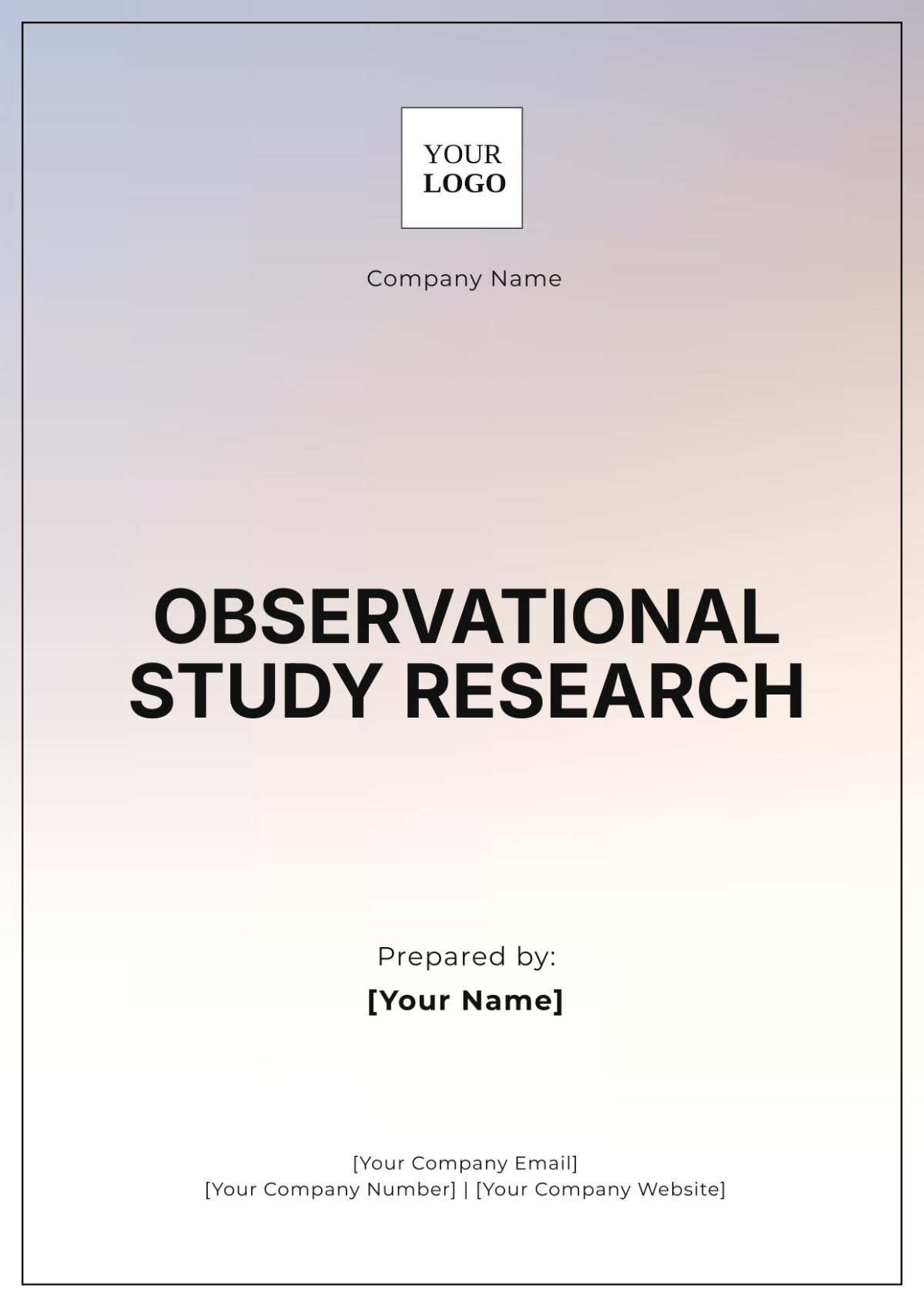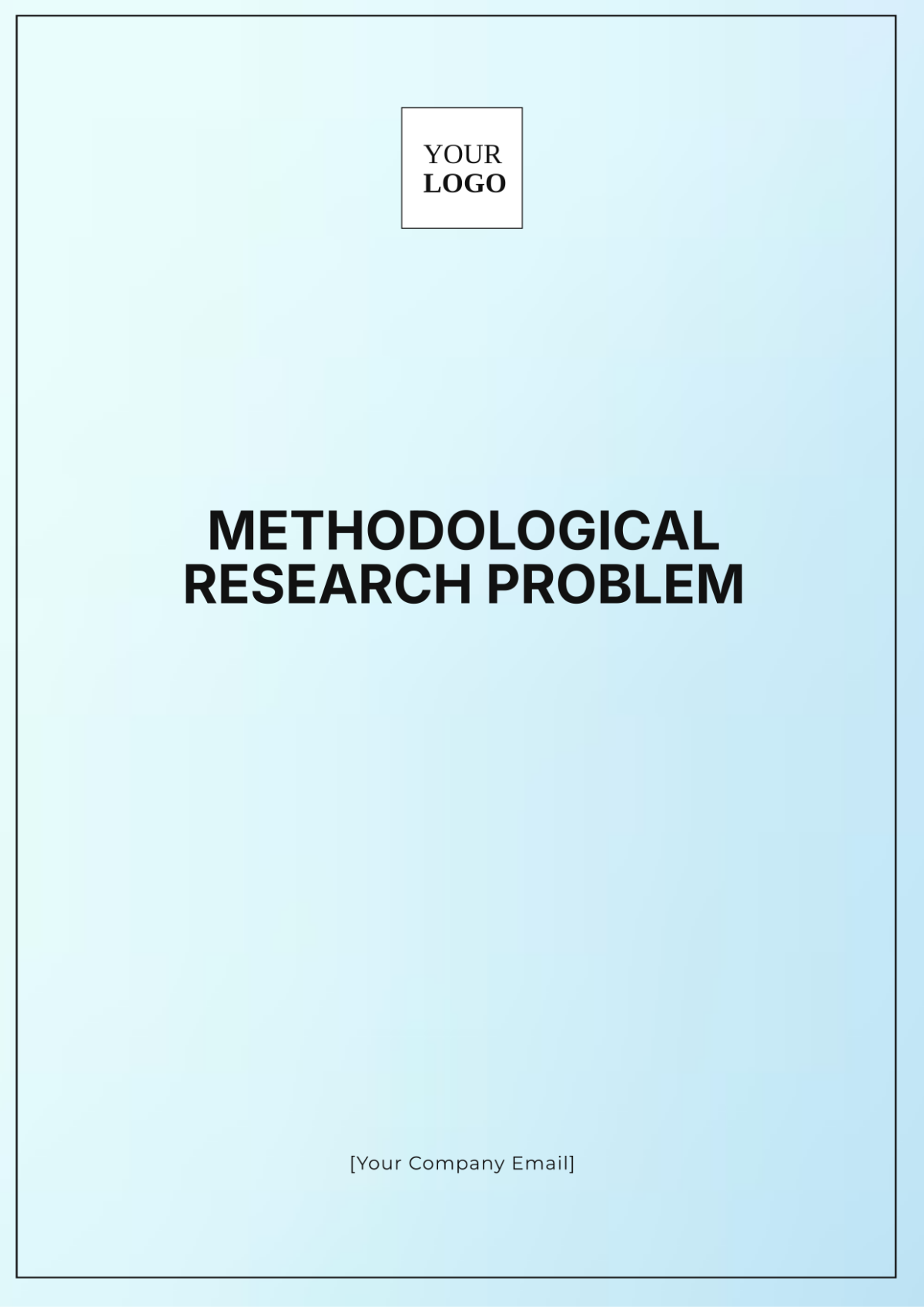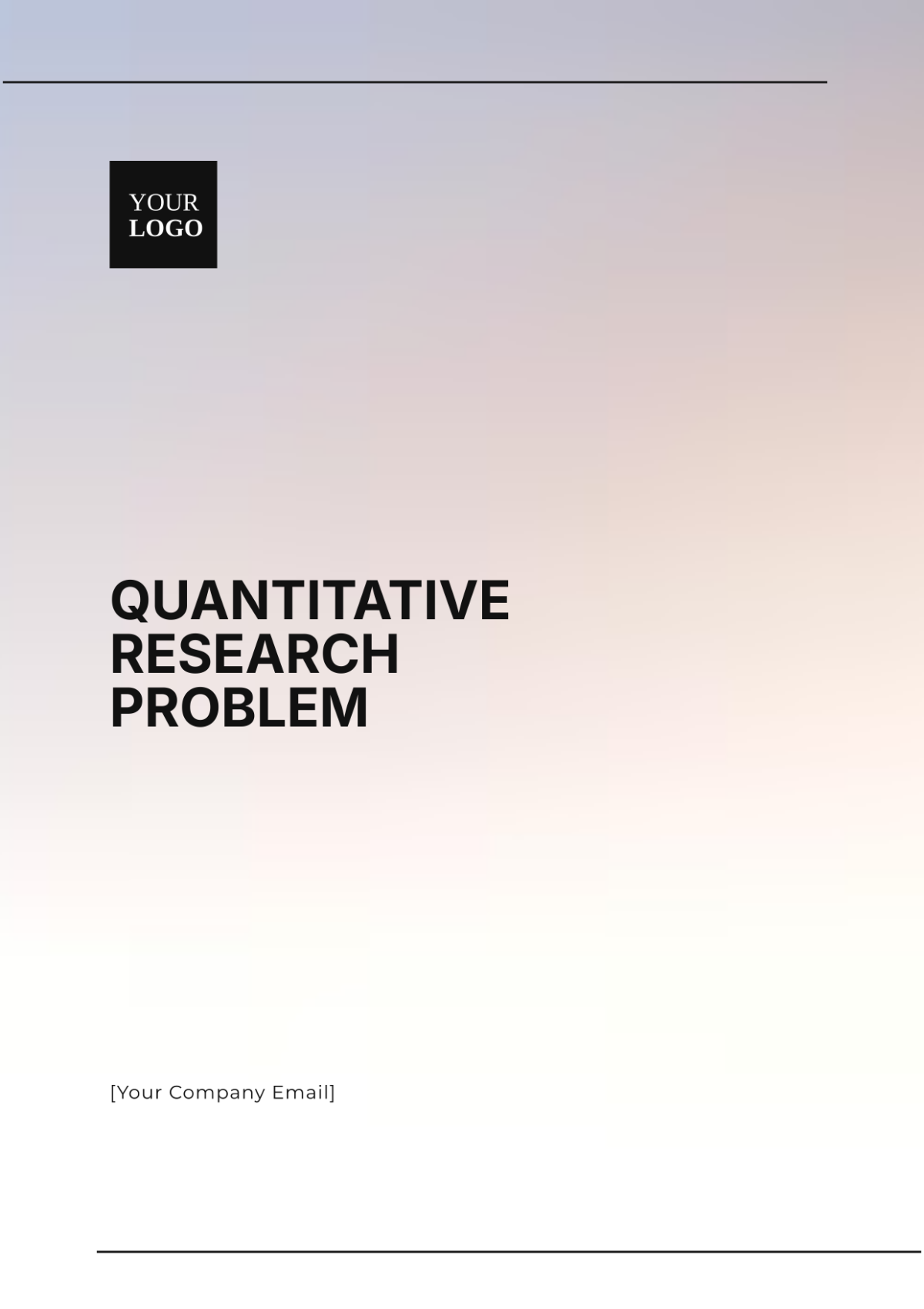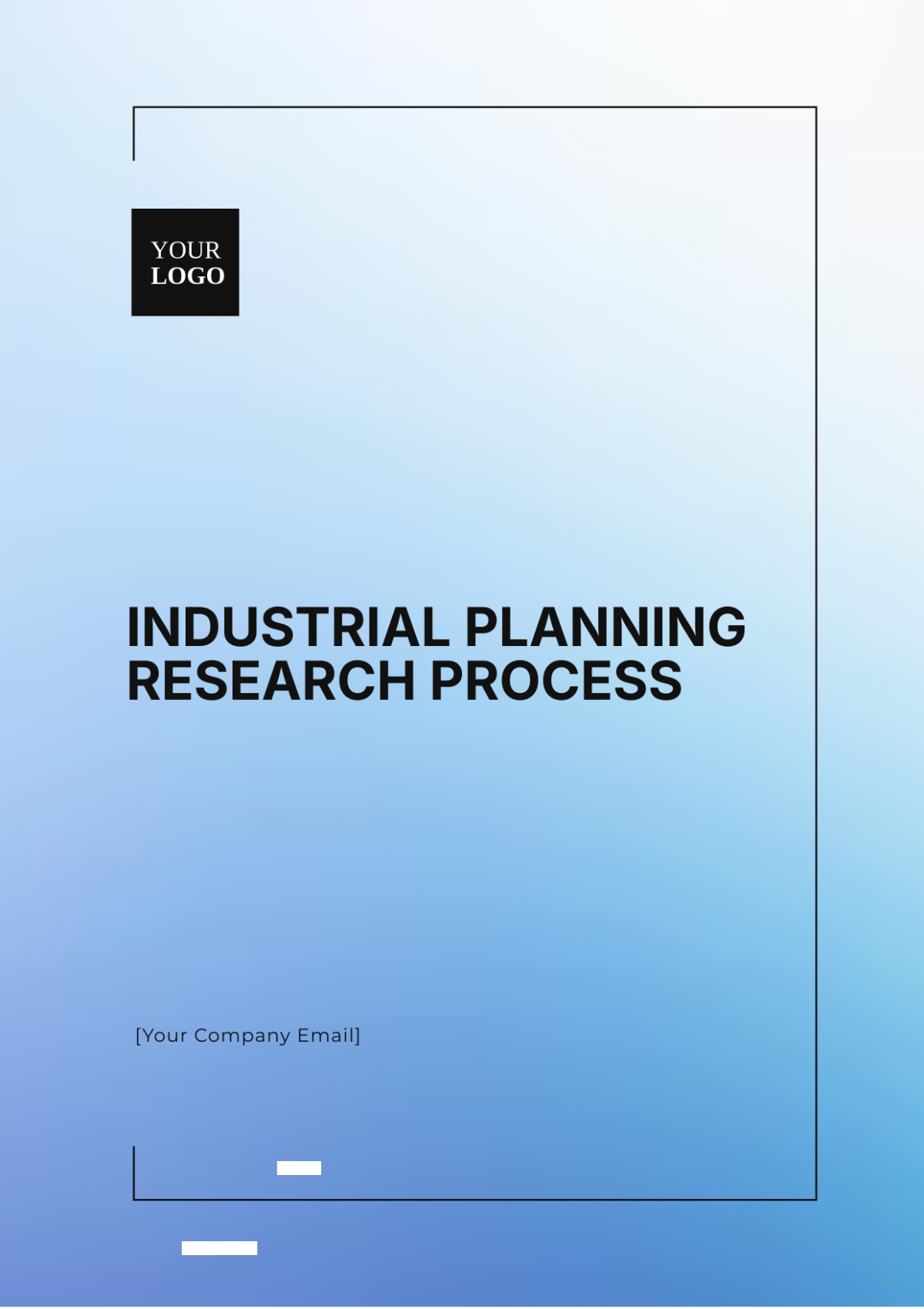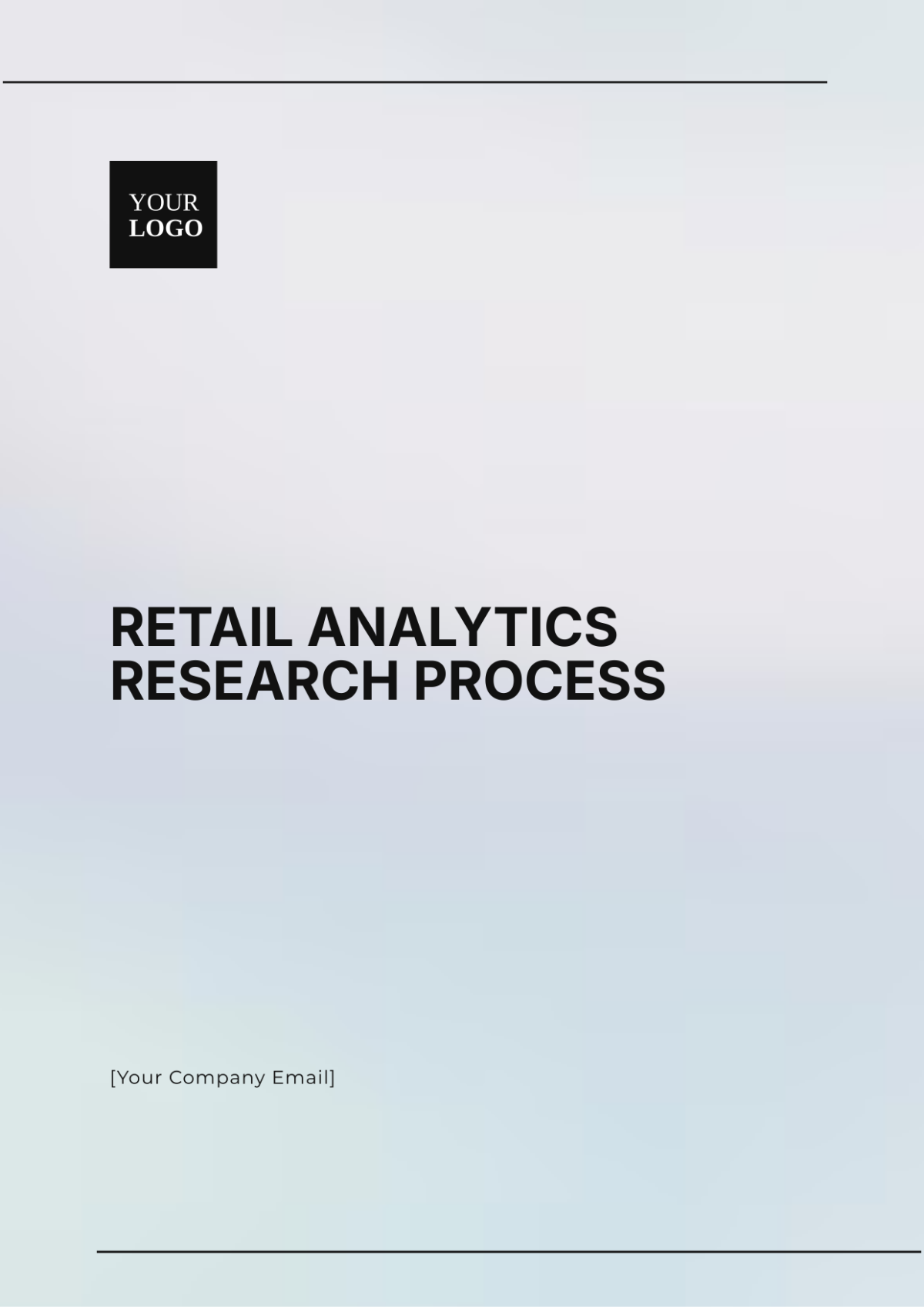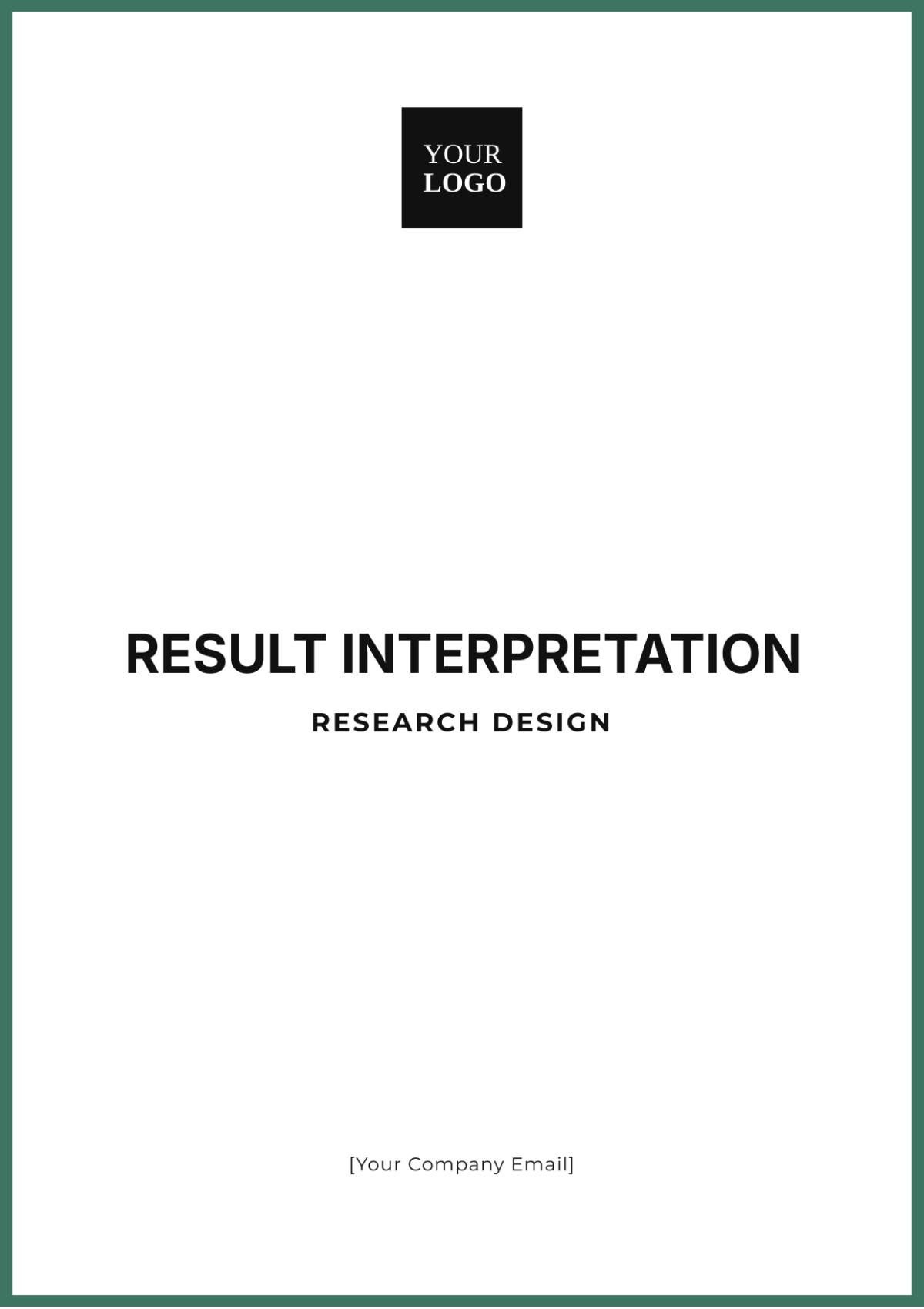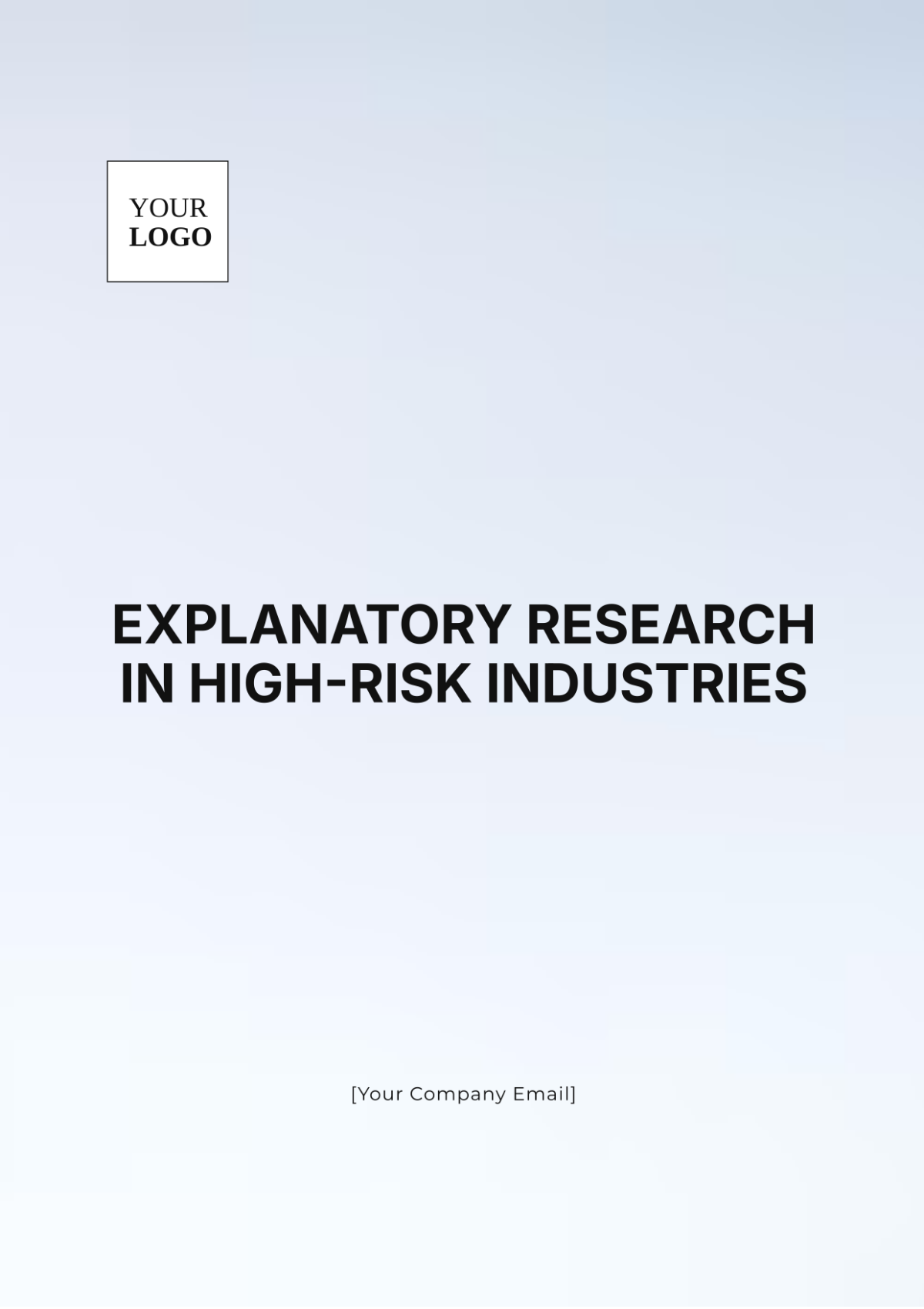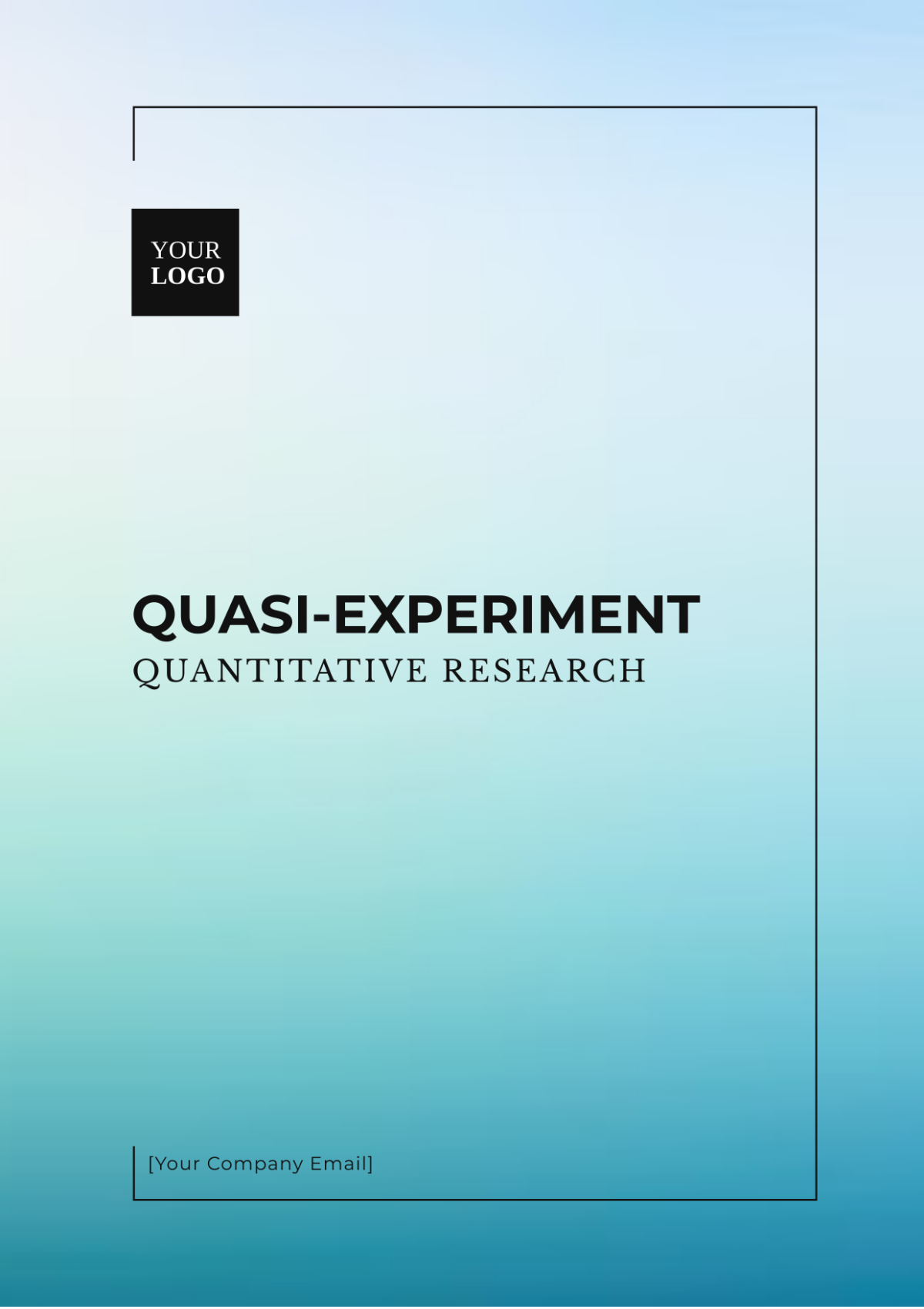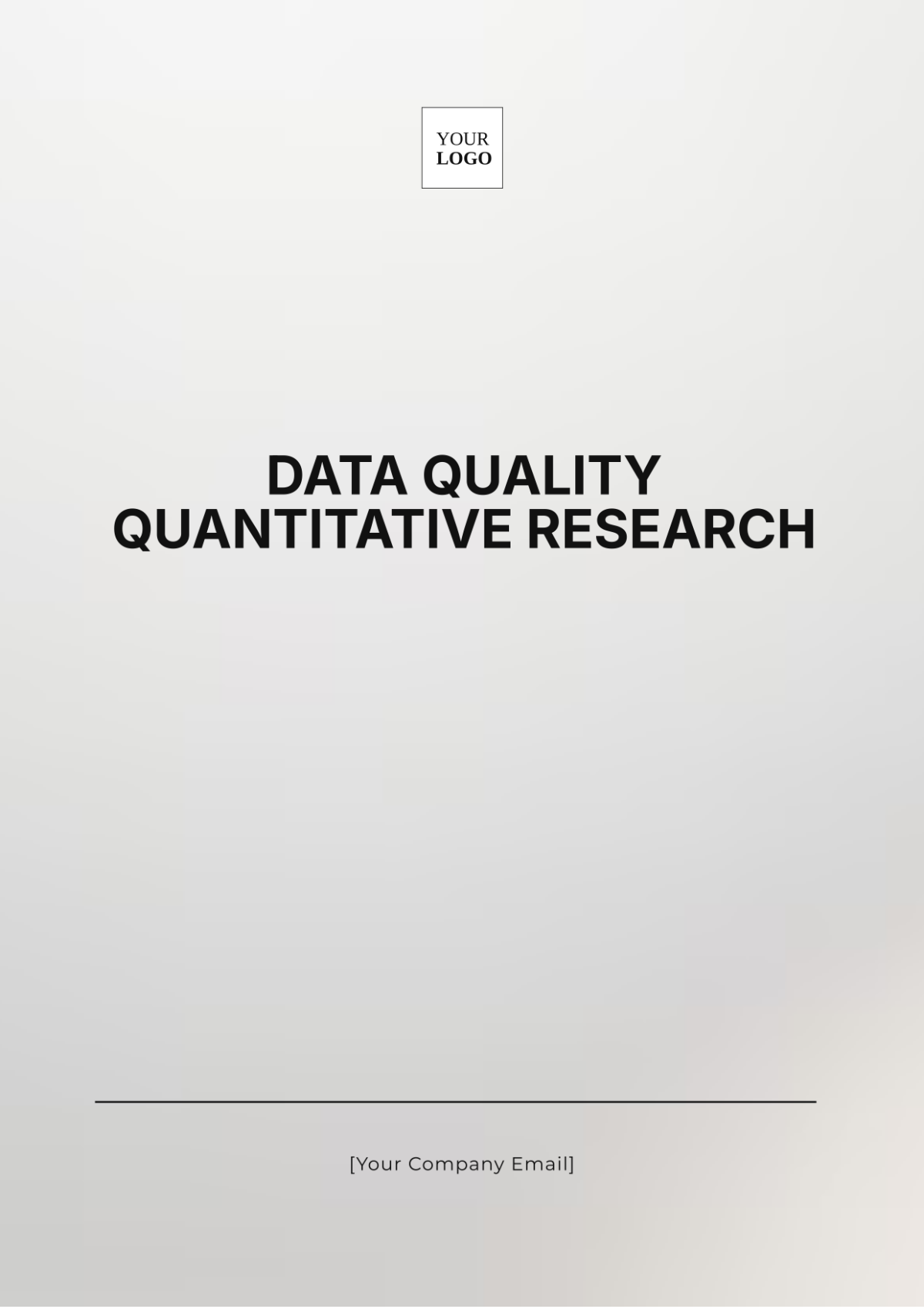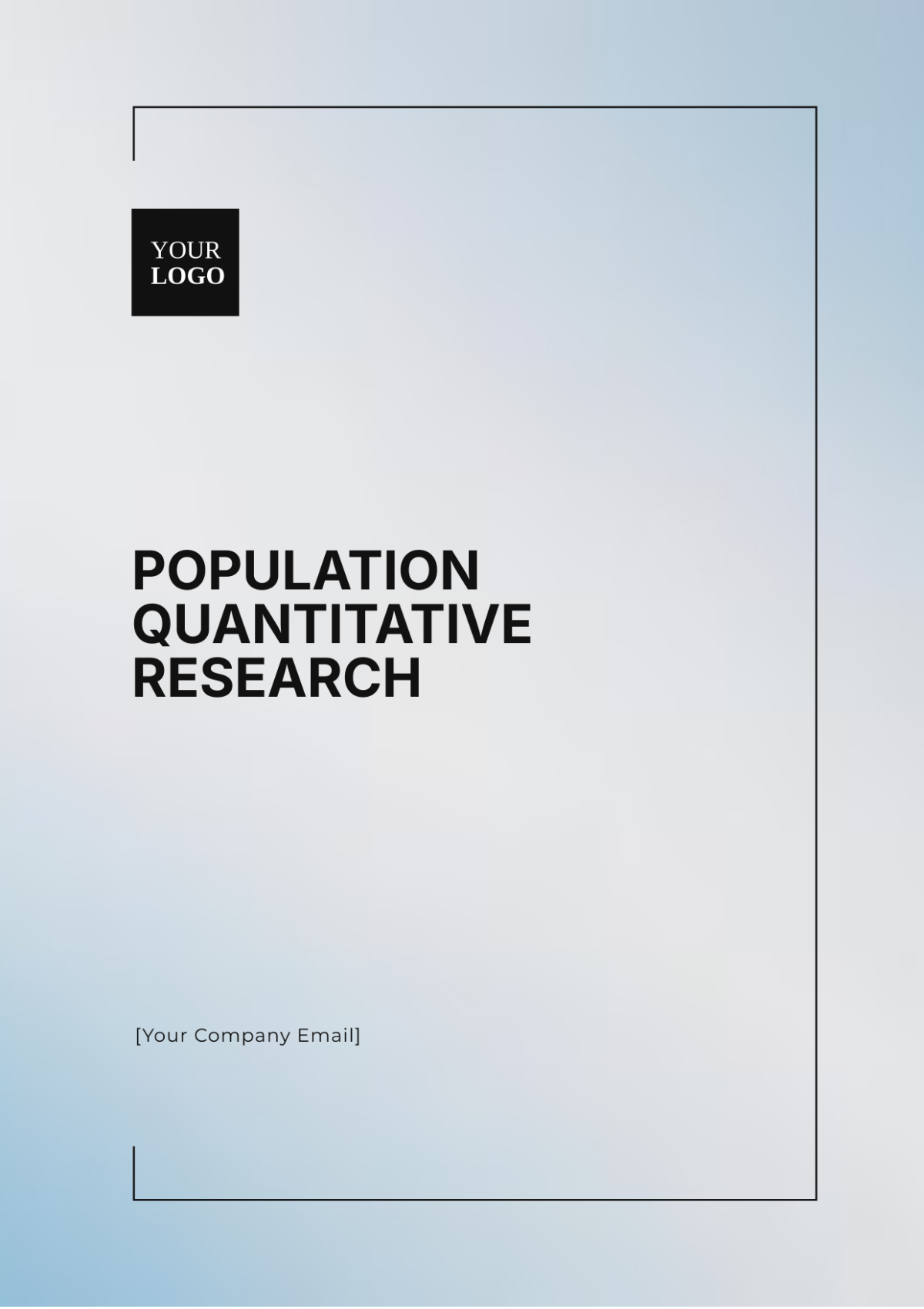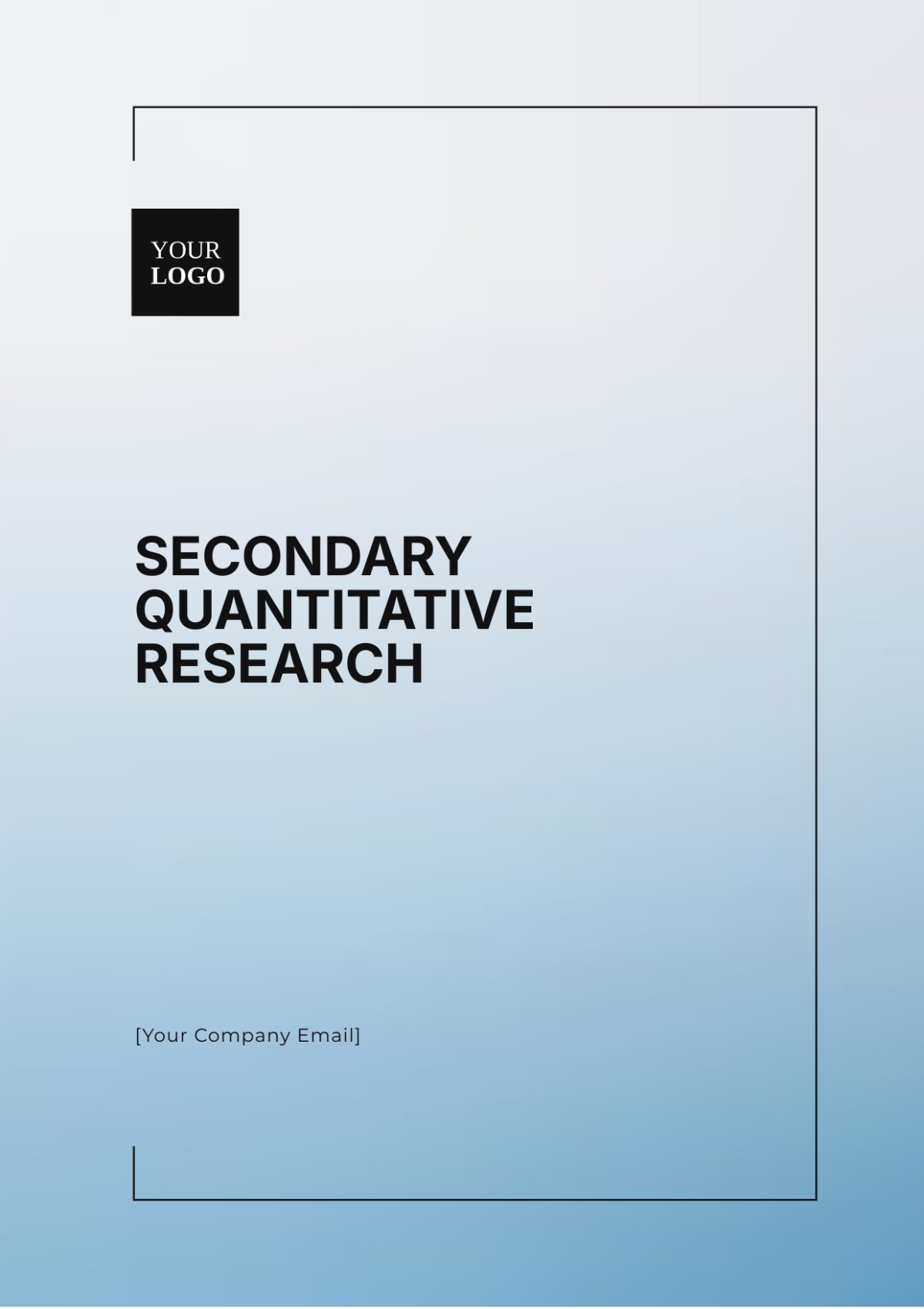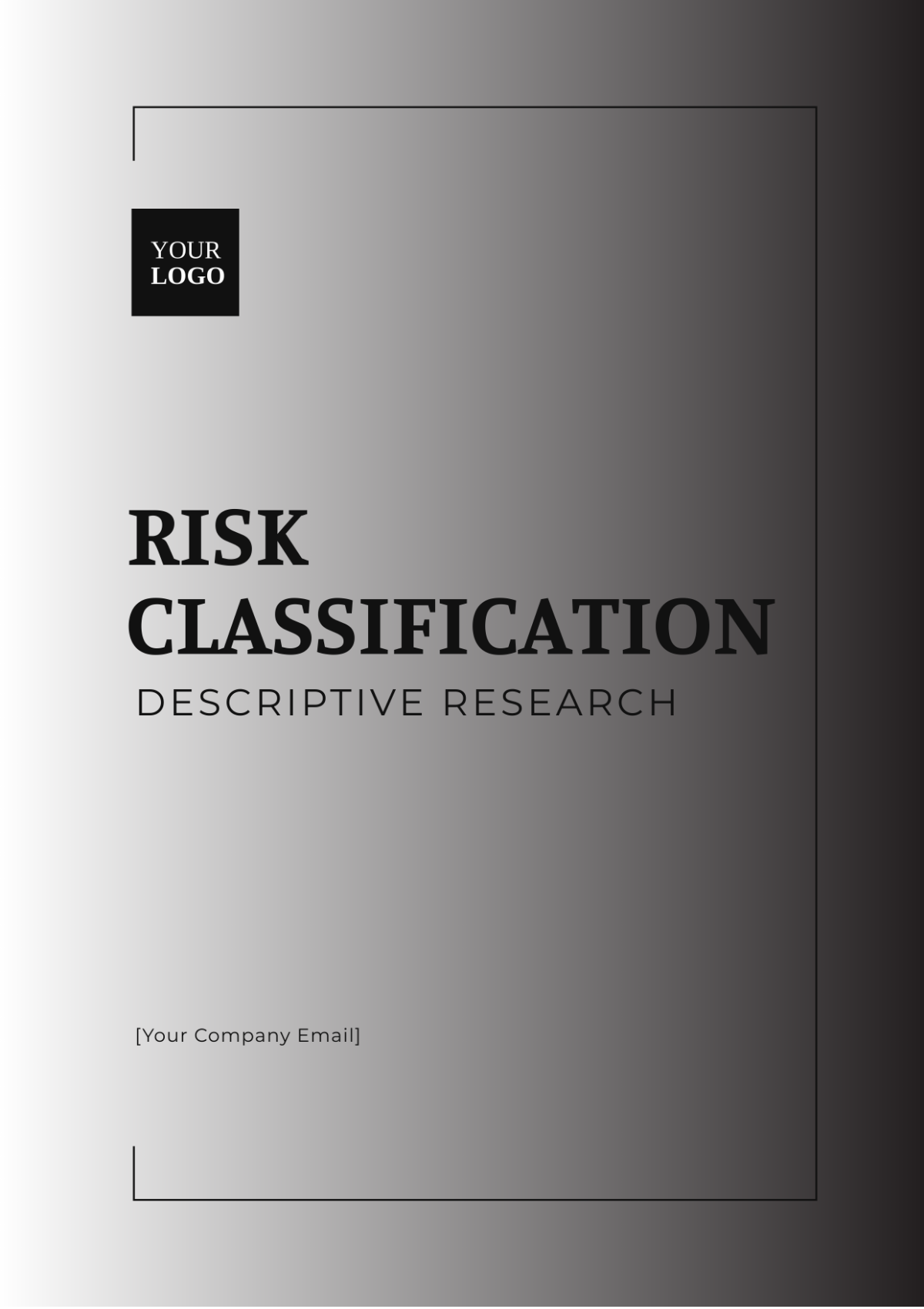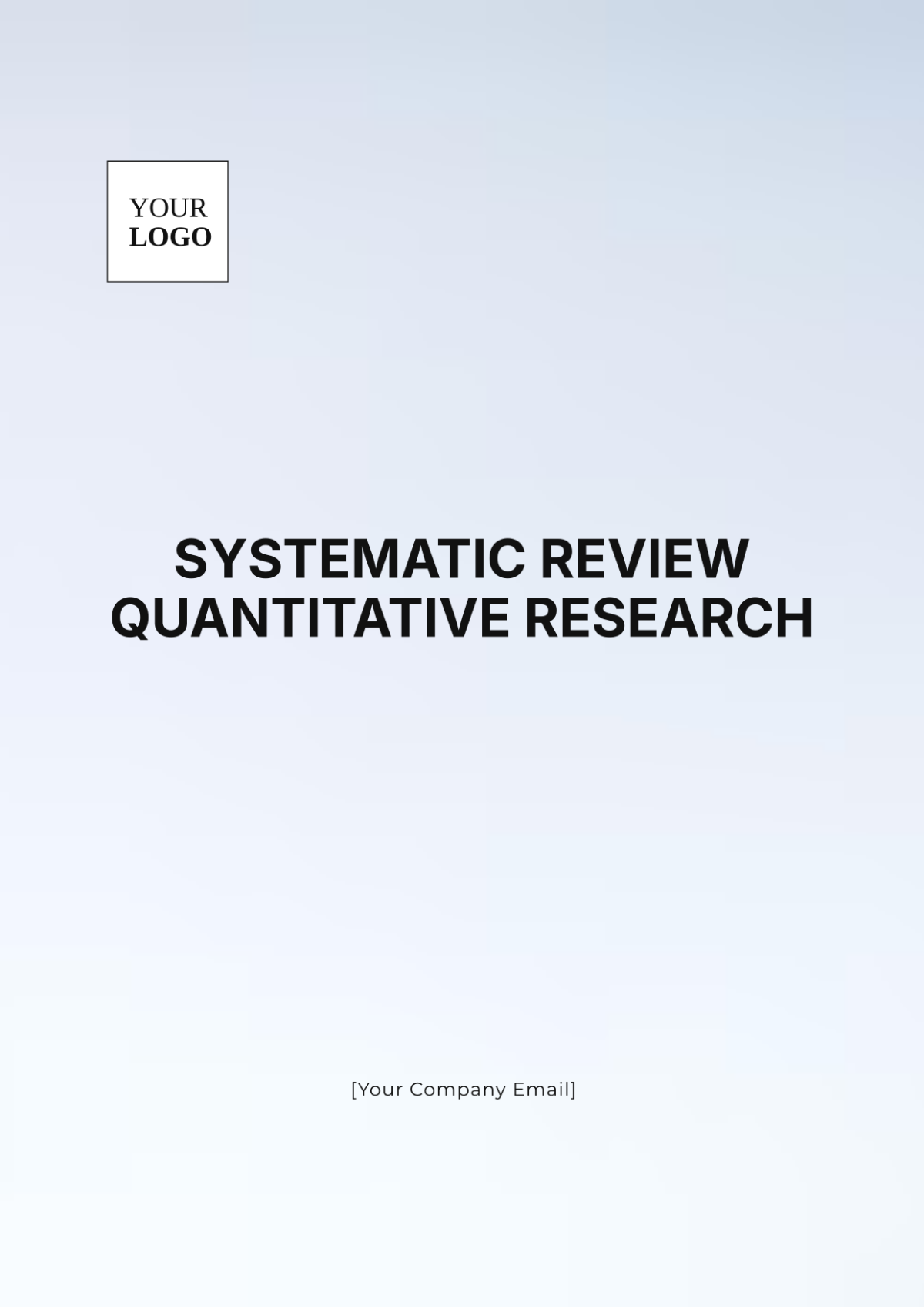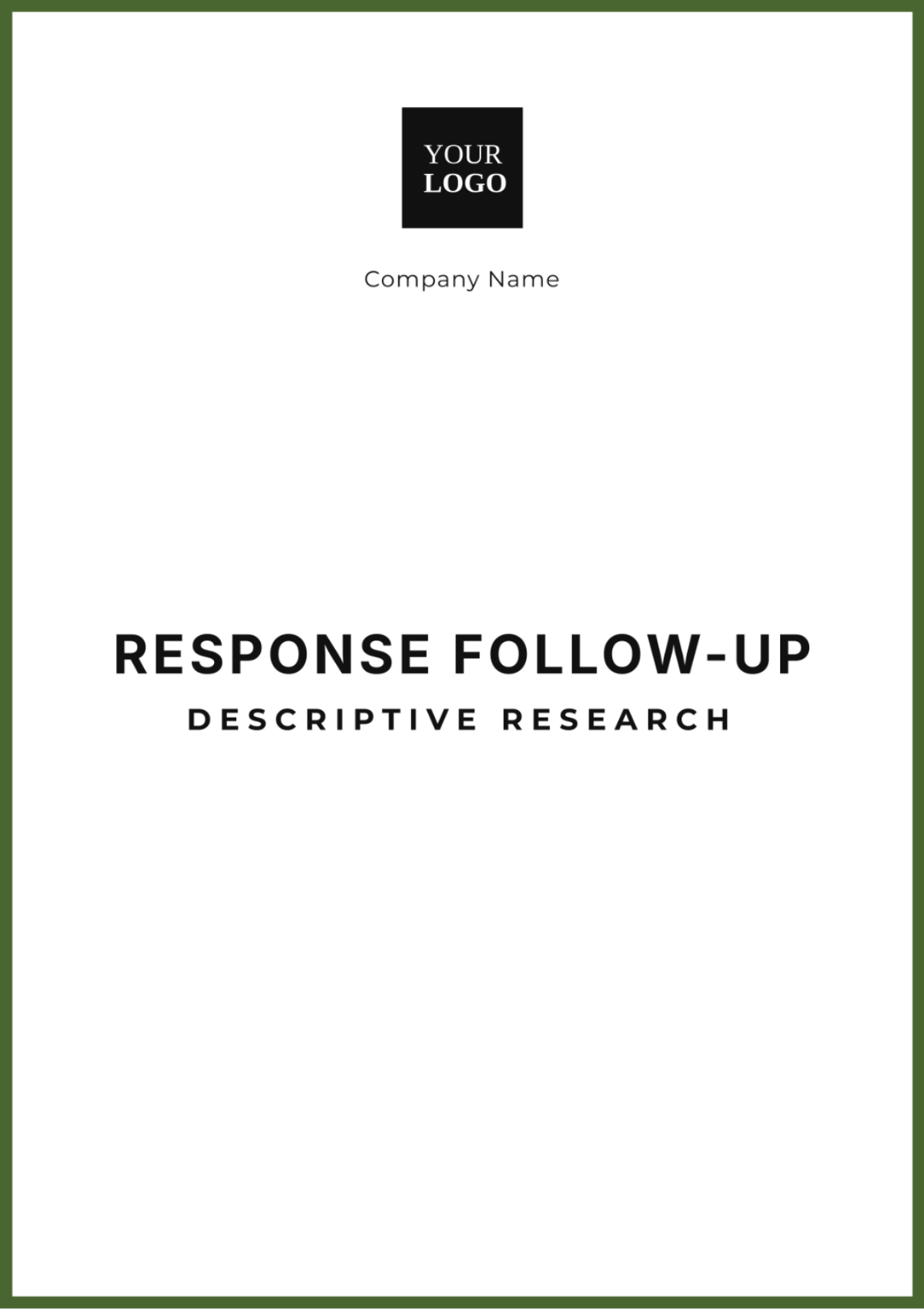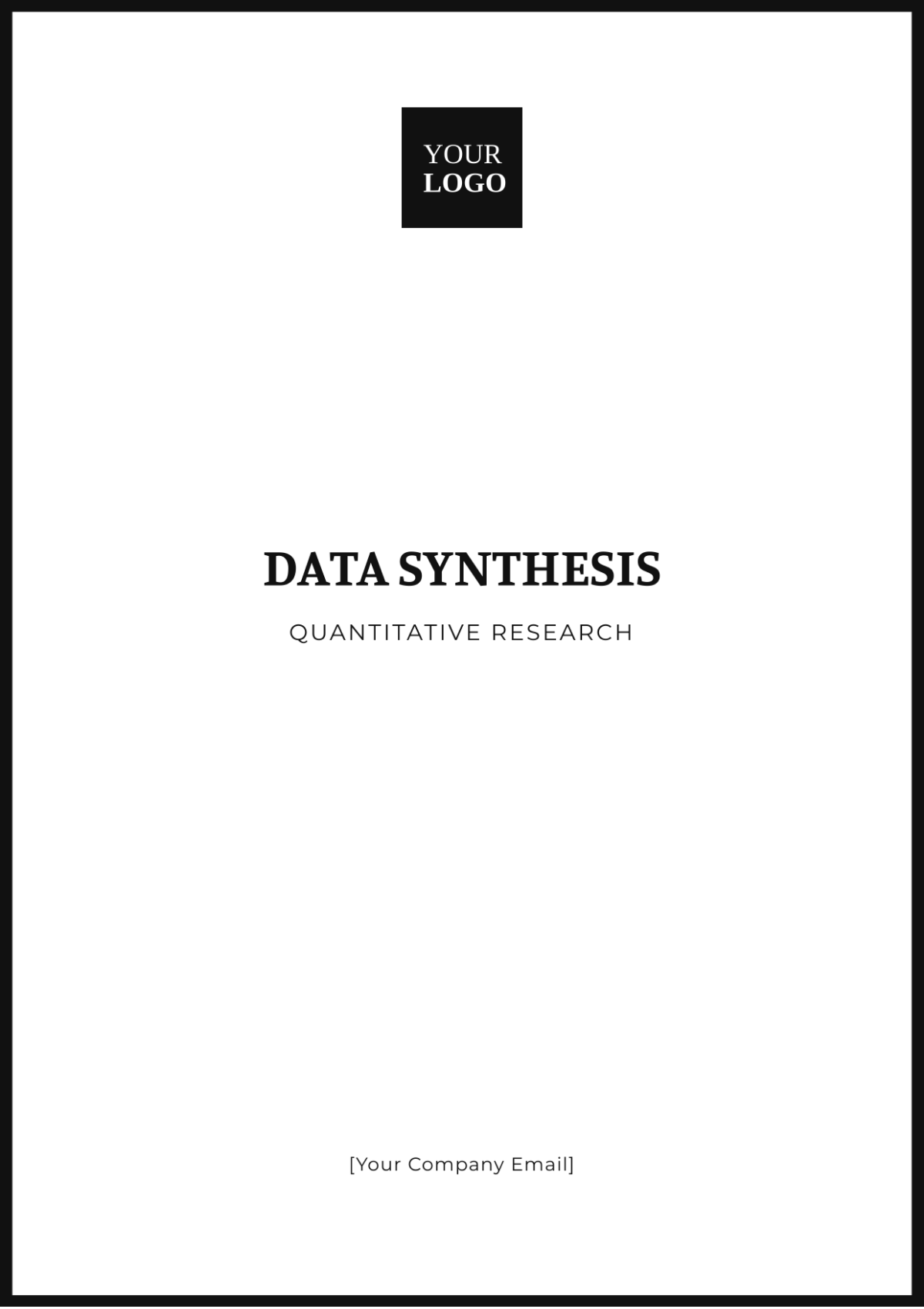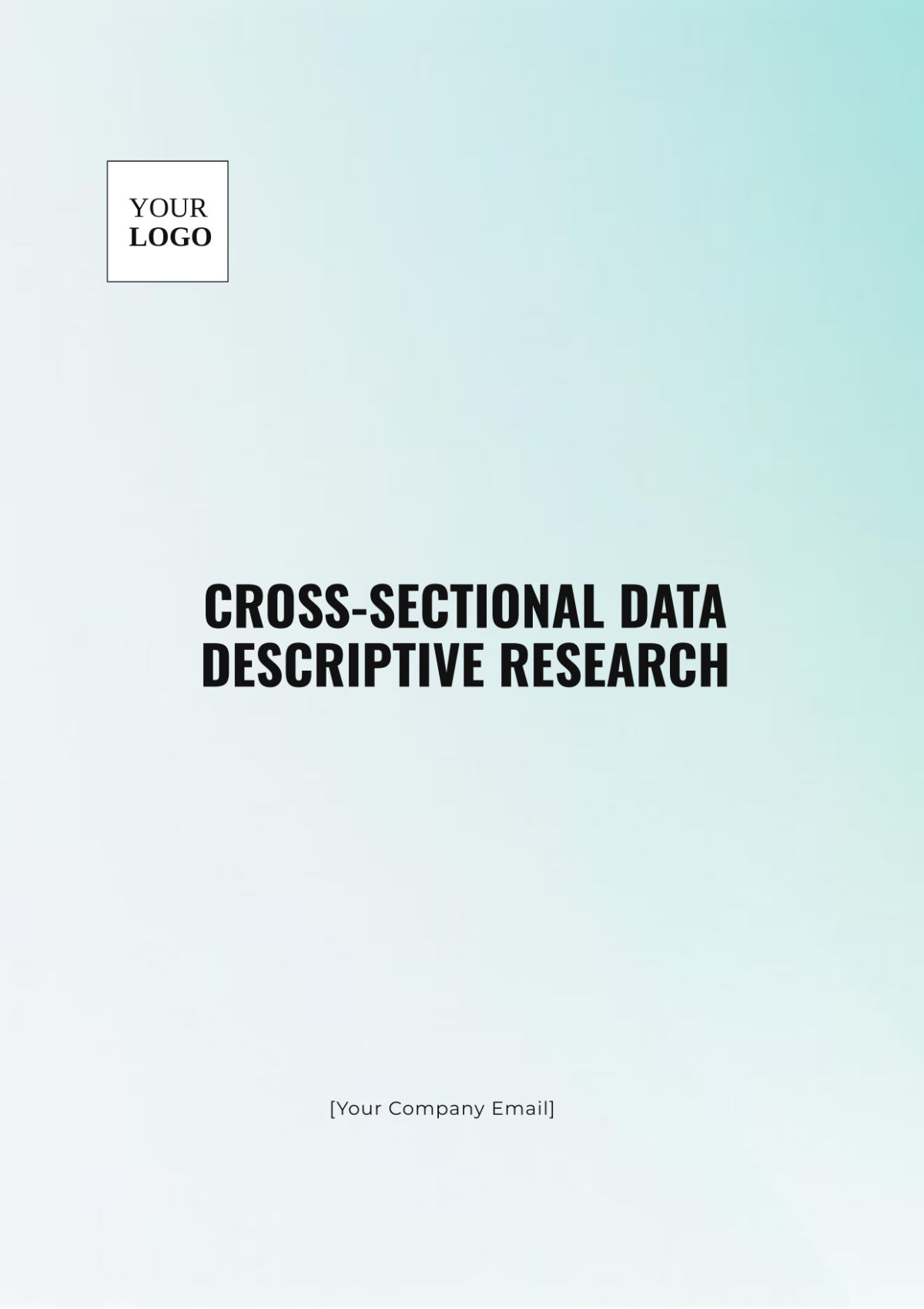Theme Clustering Quantitative Research
Prepared by: [Your Name]
Date: [Date]
1. Introduction
In the rapidly evolving field of data science, understanding complex data patterns is crucial. This research focuses on theme clustering within quantitative datasets, exploring methods to group and analyze large volumes of data to uncover meaningful patterns. Theme clustering, a subset of data mining, plays a vital role in fields such as market research, social media analysis, and customer feedback evaluation.
2. Objective
The primary objective of this research is to evaluate and enhance theme clustering techniques for quantitative data. Specifically, the study aims to:
Investigate the effectiveness of various clustering algorithms in identifying distinct themes.
Assess the impact of feature selection on clustering outcomes.
Provide recommendations for optimizing theme clustering processes in large-scale datasets.
3. Methodology
To achieve the research objectives, the following methodology was employed:
Data Collection: Datasets from diverse sources, including social media platforms and market surveys, were collected between January 2050 and June 2050.
Sample Size: A total of 1 million data points were analyzed, comprising text data, numerical metrics, and categorical information.
Analytical Techniques: Various clustering algorithms, such as K-means, DBSCAN, and hierarchical clustering, were applied using Python’s Scikit-learn library. Feature selection was performed using Principal Component Analysis (PCA) and Recursive Feature Elimination (RFE).
4. Data Analysis
The data analysis phase revealed several key insights:
Clustering Algorithms: K-means clustering demonstrated high efficiency in grouping similar themes, with an average silhouette score of 0.85. DBSCAN was effective in identifying outliers and forming irregular clusters.
Feature Impact: Features selected through PCA significantly improved clustering accuracy by reducing dimensionality and enhancing the relevance of input variables.
Visualization: Heatmaps and dendrograms were utilized to visualize clusters, providing a clear representation of theme distribution across different data segments.
5. Results
The analysis identified five primary clusters:
Customer Sentiment: Themes related to customer satisfaction, complaints, and feedback trends.
Product Preferences: Insights into preferred product features and purchasing patterns.
Market Trends: Emerging trends in market demand and industry shifts.
Geographic Variations: Regional differences in consumer behavior and preferences.
Usage Patterns: Patterns in product usage and service interactions.
These clusters provided valuable insights into the underlying data, allowing for targeted marketing strategies and product development.
6. Discussion
The research demonstrates that advanced theme clustering techniques can effectively uncover meaningful patterns in quantitative data. The application of PCA and RFE significantly enhances clustering outcomes by focusing on the most relevant features. The results offer actionable insights for businesses seeking to tailor their strategies based on data-driven findings.
However, the study also highlights limitations, including the dependency on data quality and the potential for overfitting in high-dimensional datasets. Future research should explore hybrid clustering methods and the integration of real-time data for more dynamic analysis.
7. Conclusion
This research confirms that theme clustering is a powerful tool for analyzing quantitative data, providing actionable insights that can drive strategic decisions. By employing advanced clustering algorithms and feature selection techniques, organizations can gain a deeper understanding of their data and enhance their decision-making processes.
8. References
Smith, J., & Patel, R. (2050). Advanced Clustering Techniques in Big Data Analytics. Data Science Journal, 15(2), 123-145.
Chen, L., & Lee, A. (2050). Feature Selection Methods for High-Dimensional Data. Statistical Analysis Review, 22(4), 678-690.
Zhang, Y., & Wong, K. (2050). Visualization Tools for Data Clustering. International Journal of Data Mining, 30(3), 345-367.


